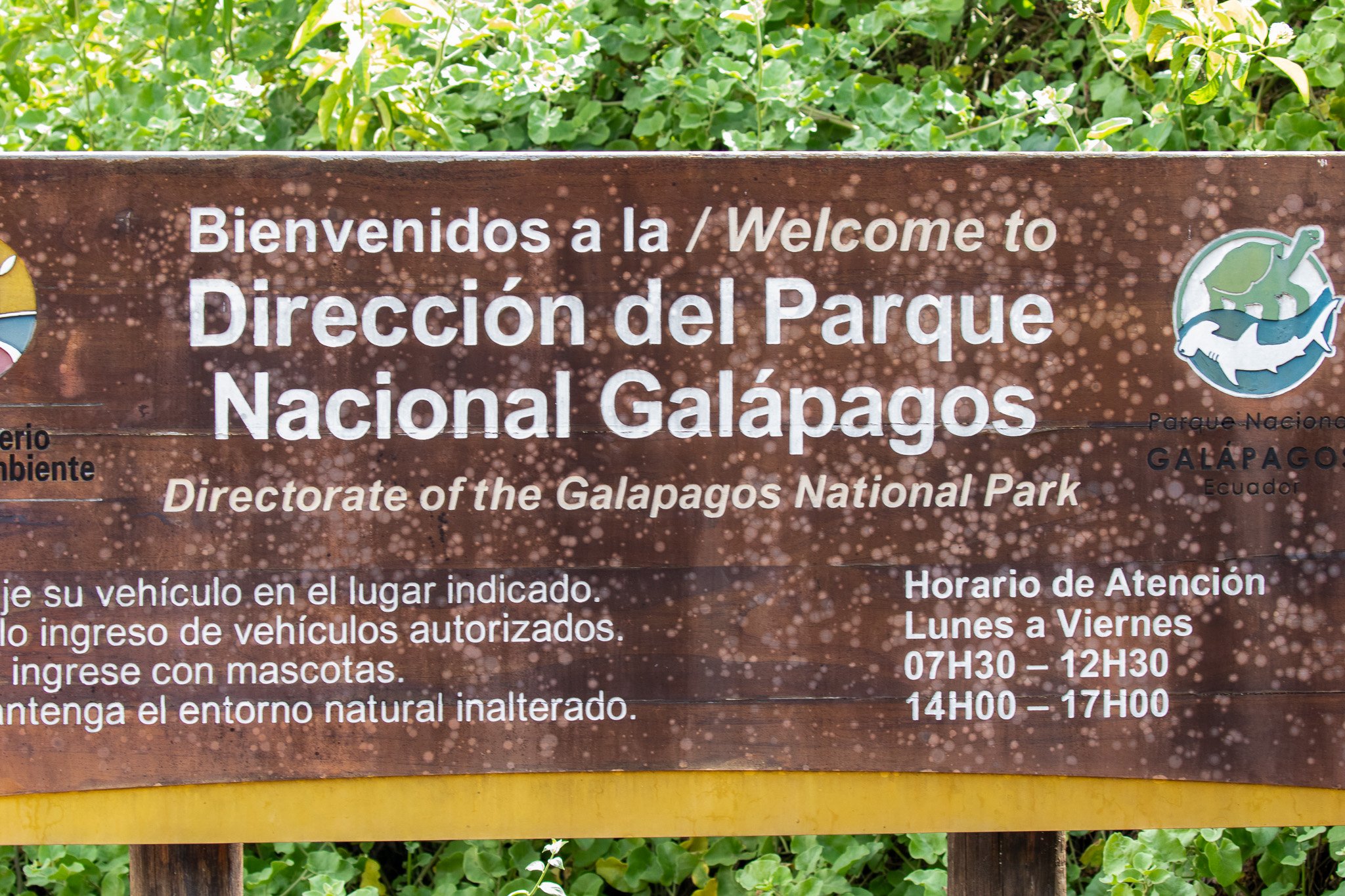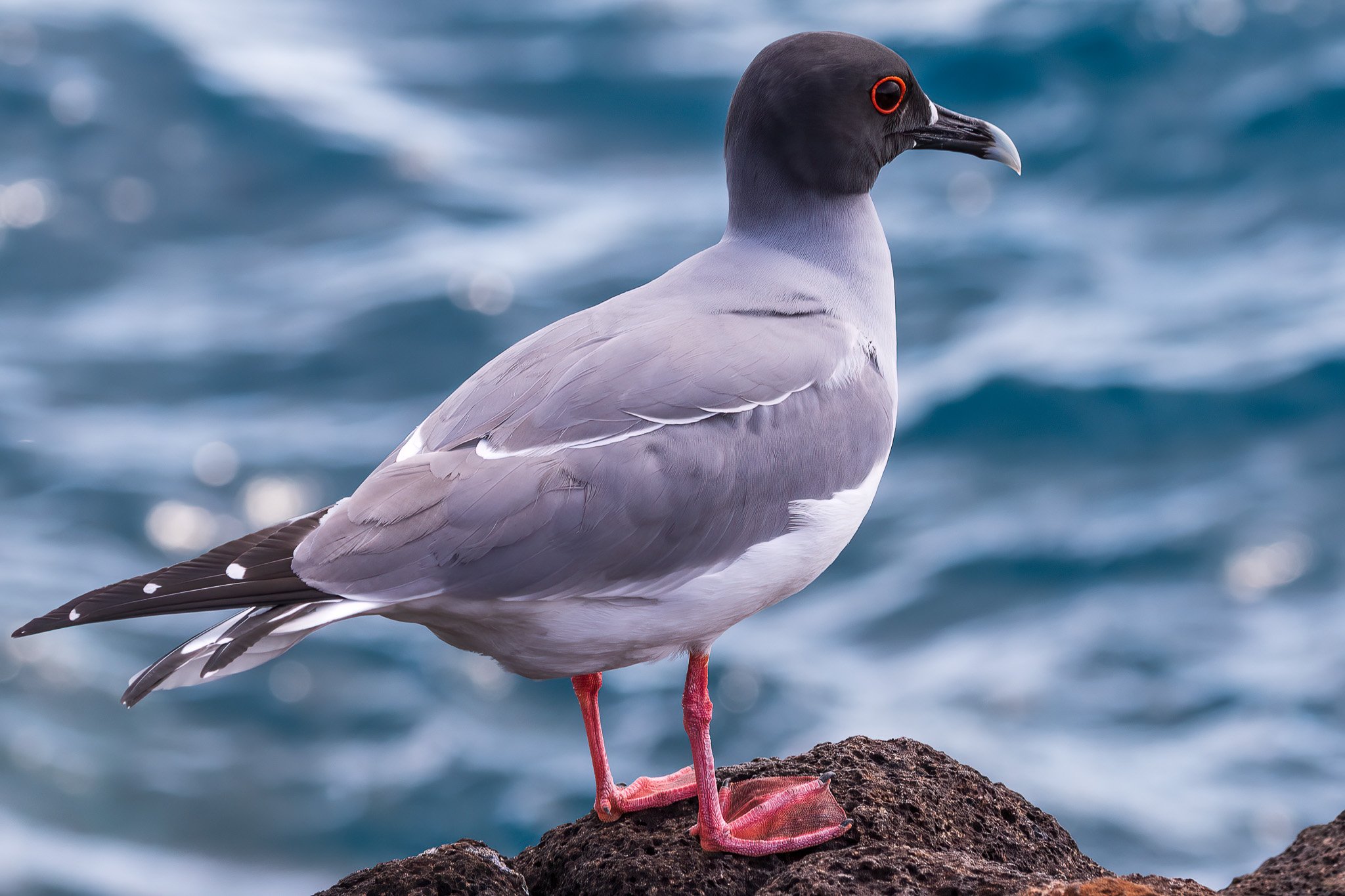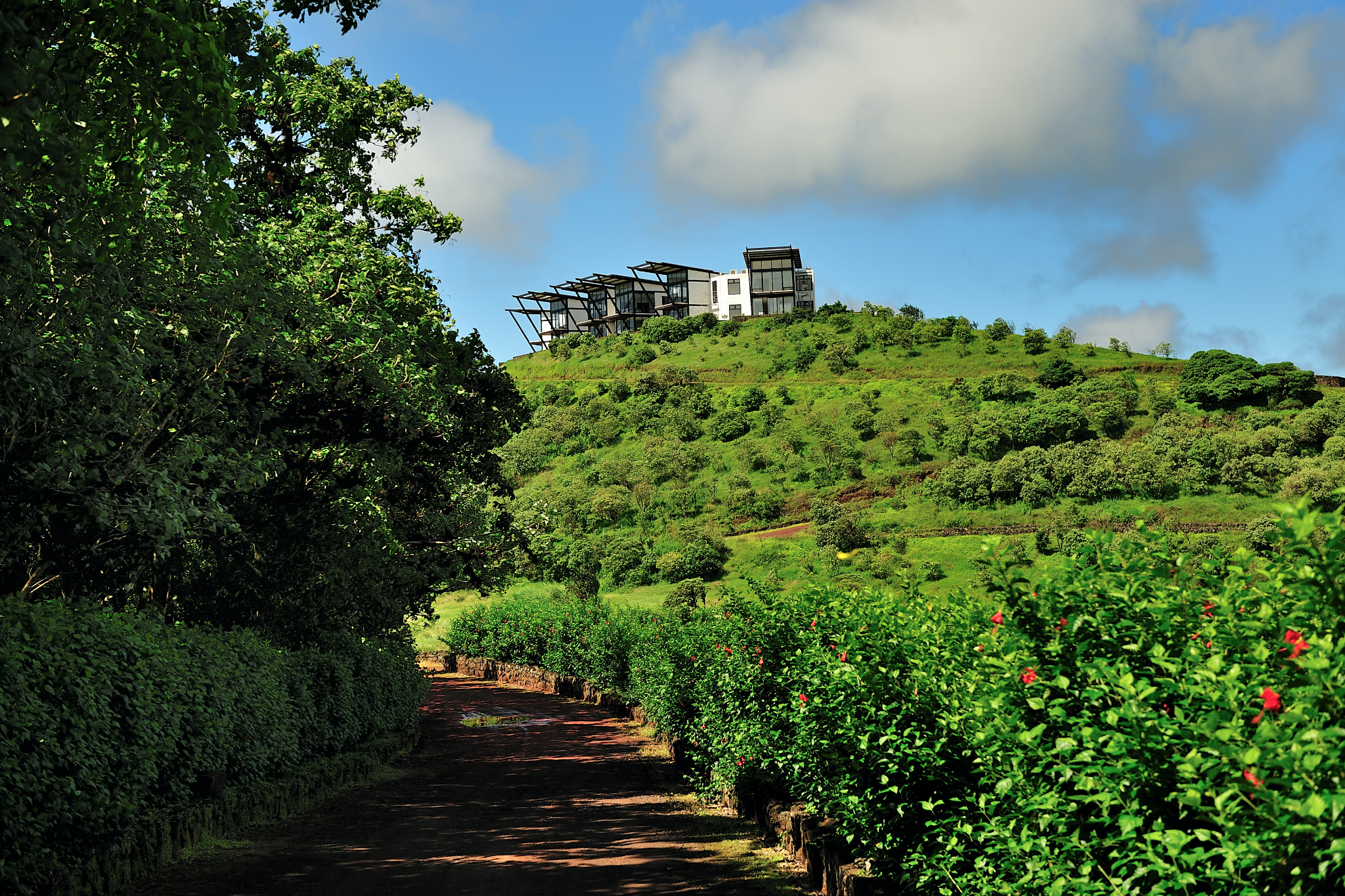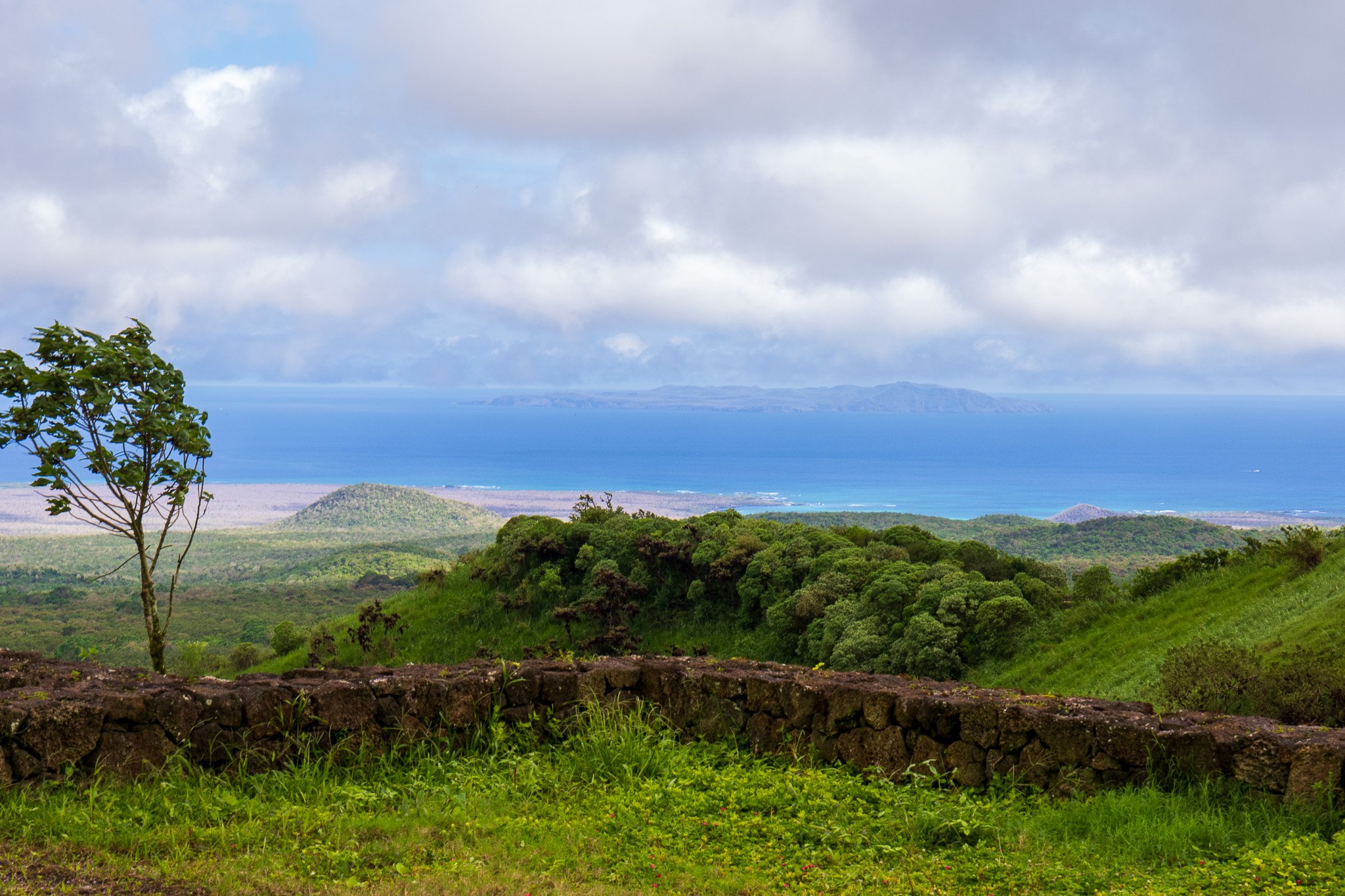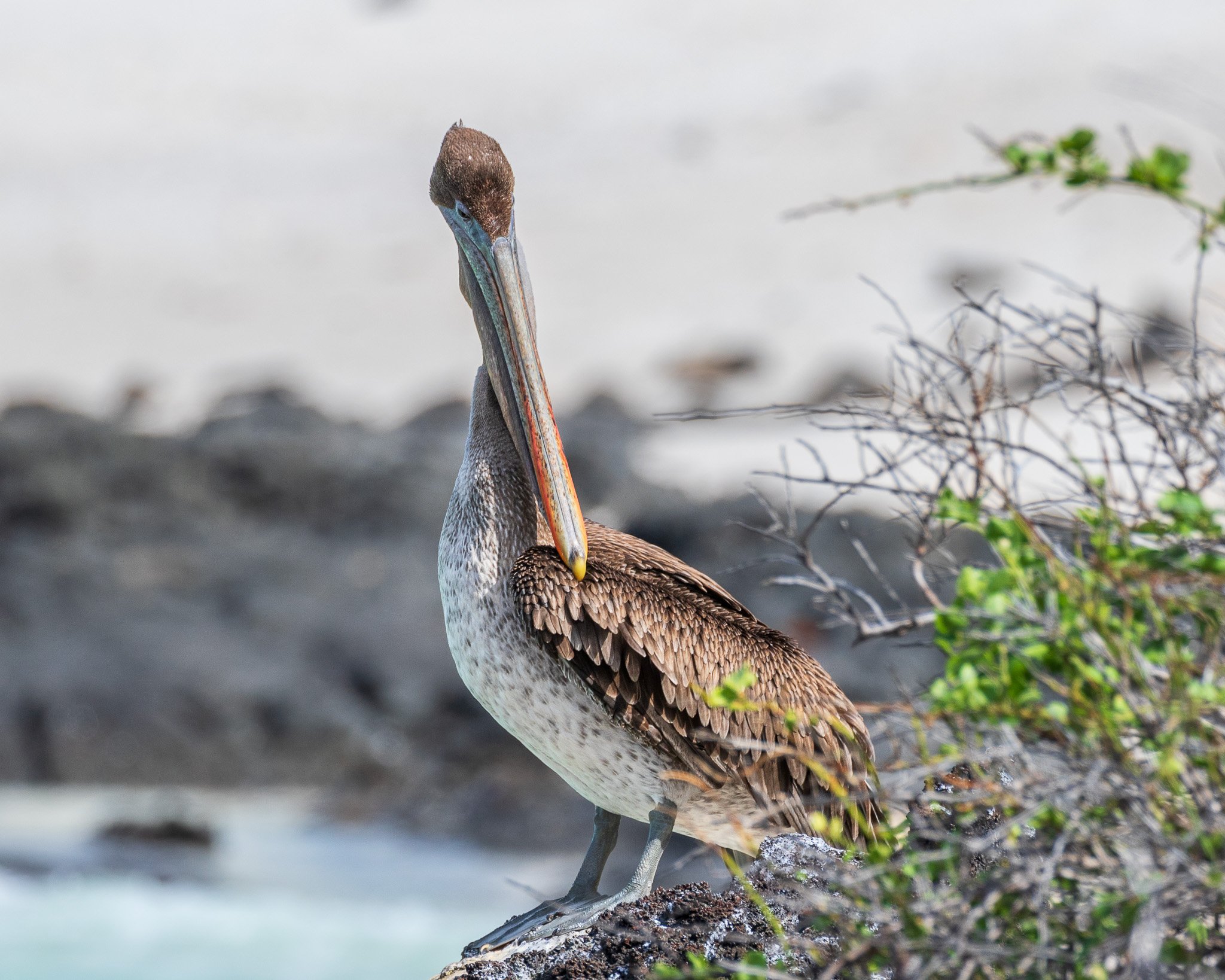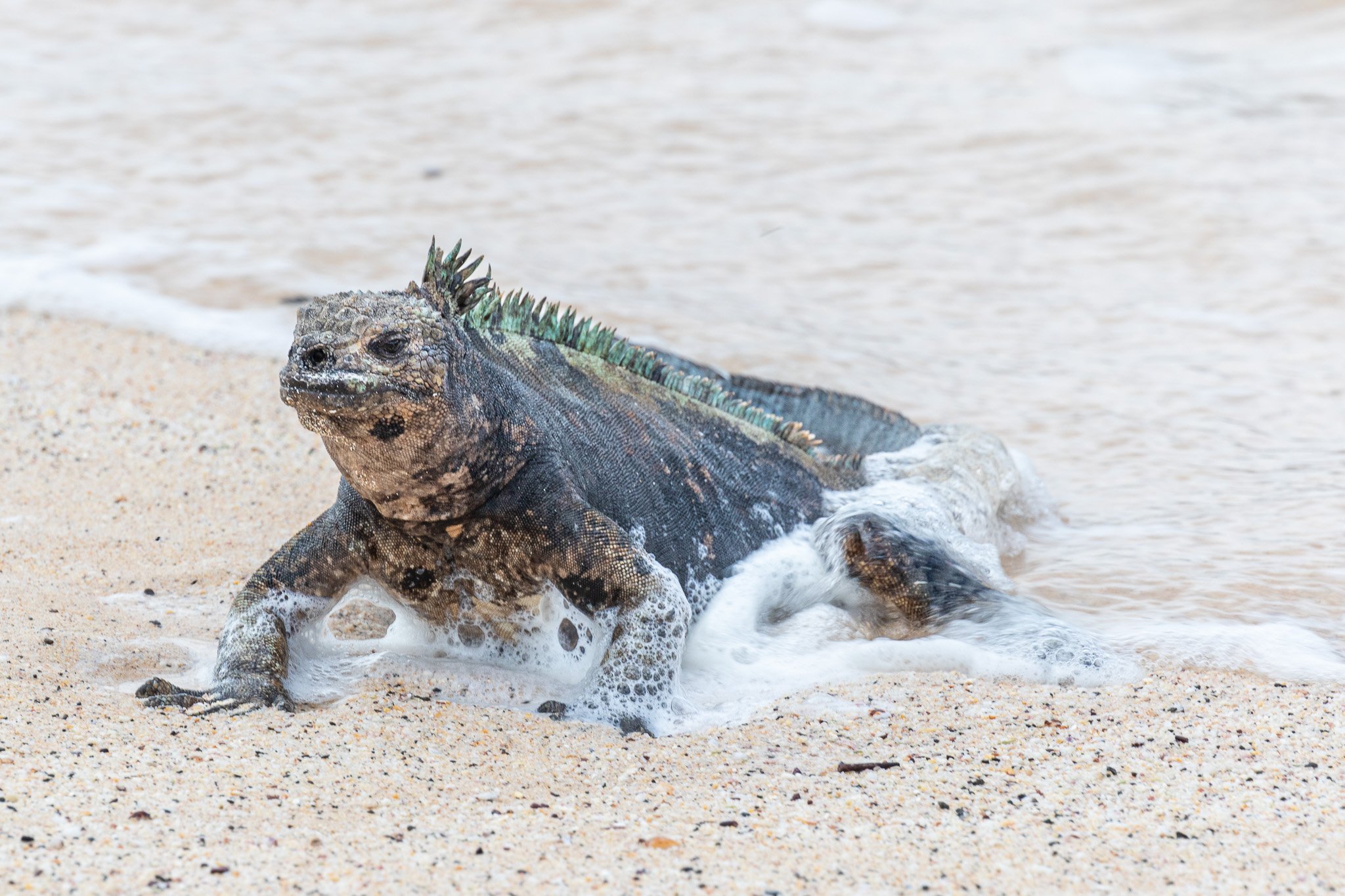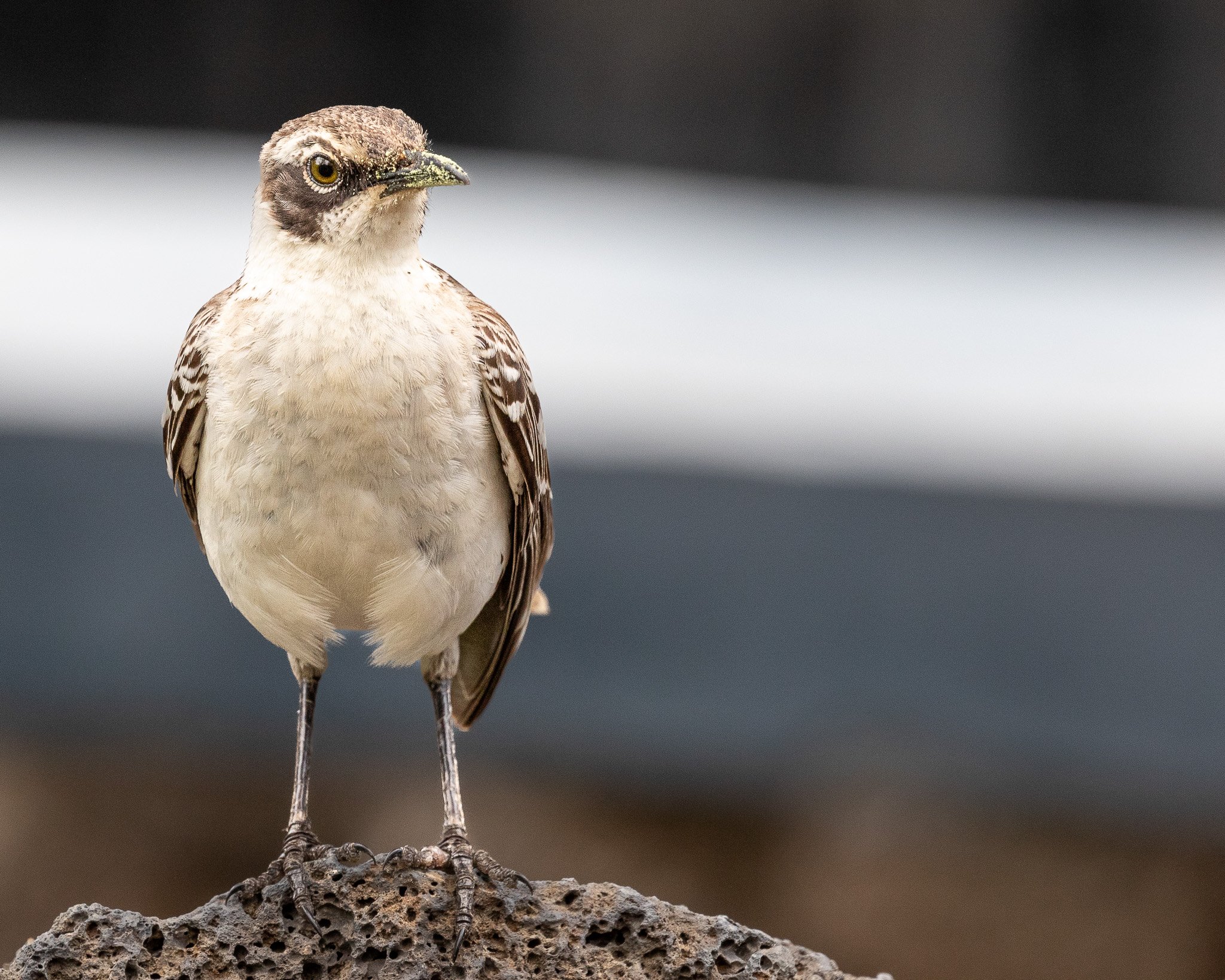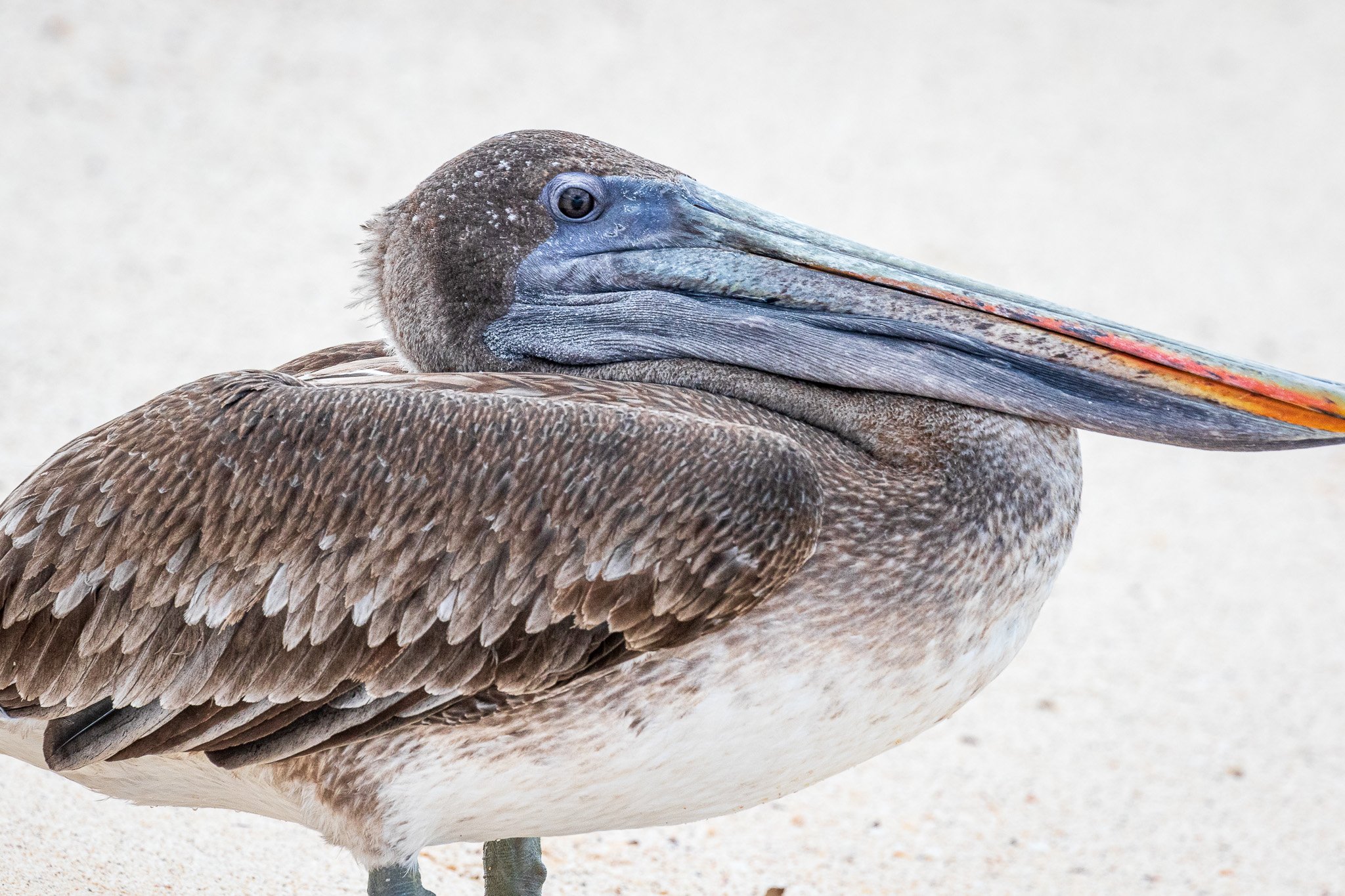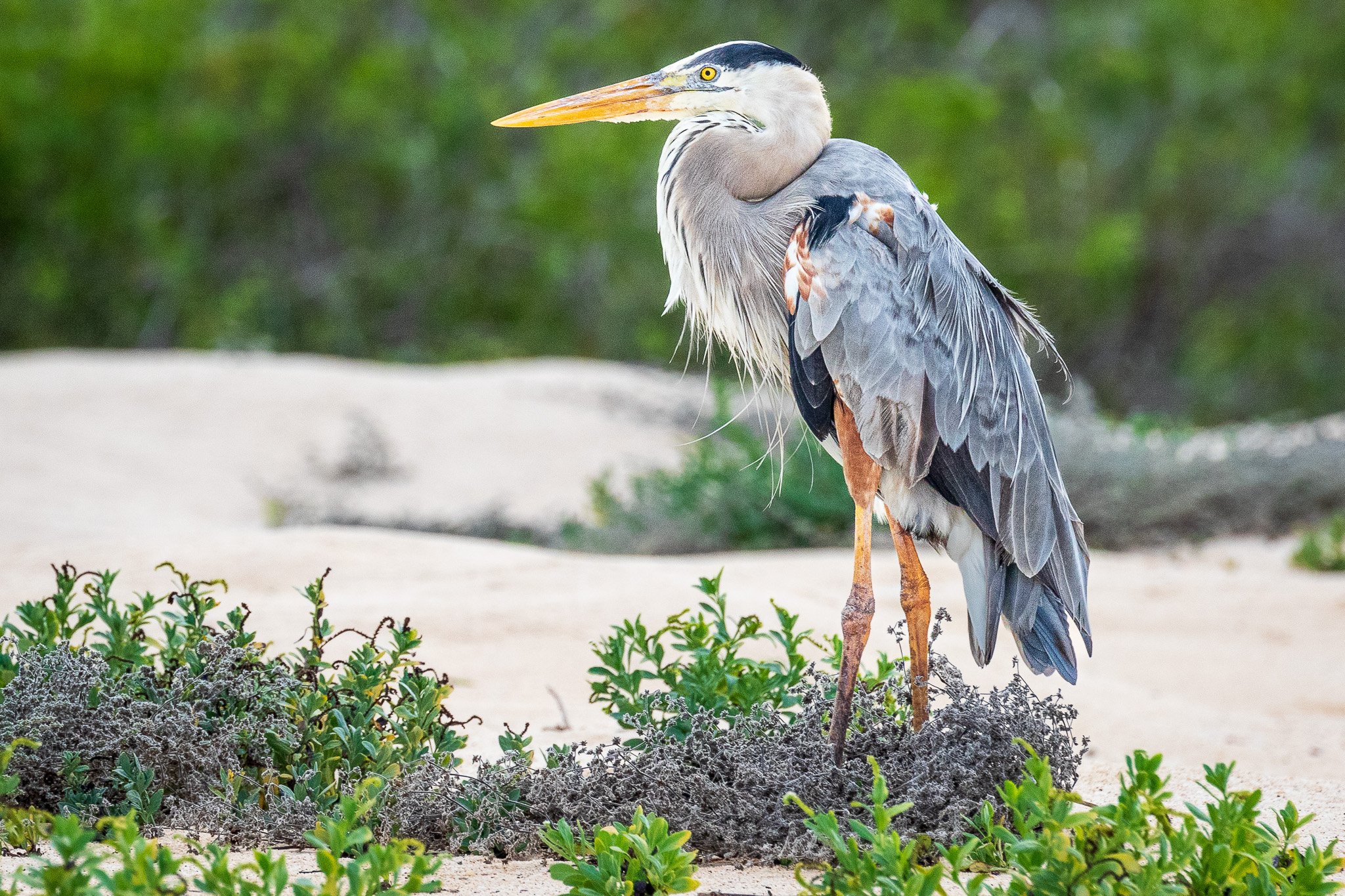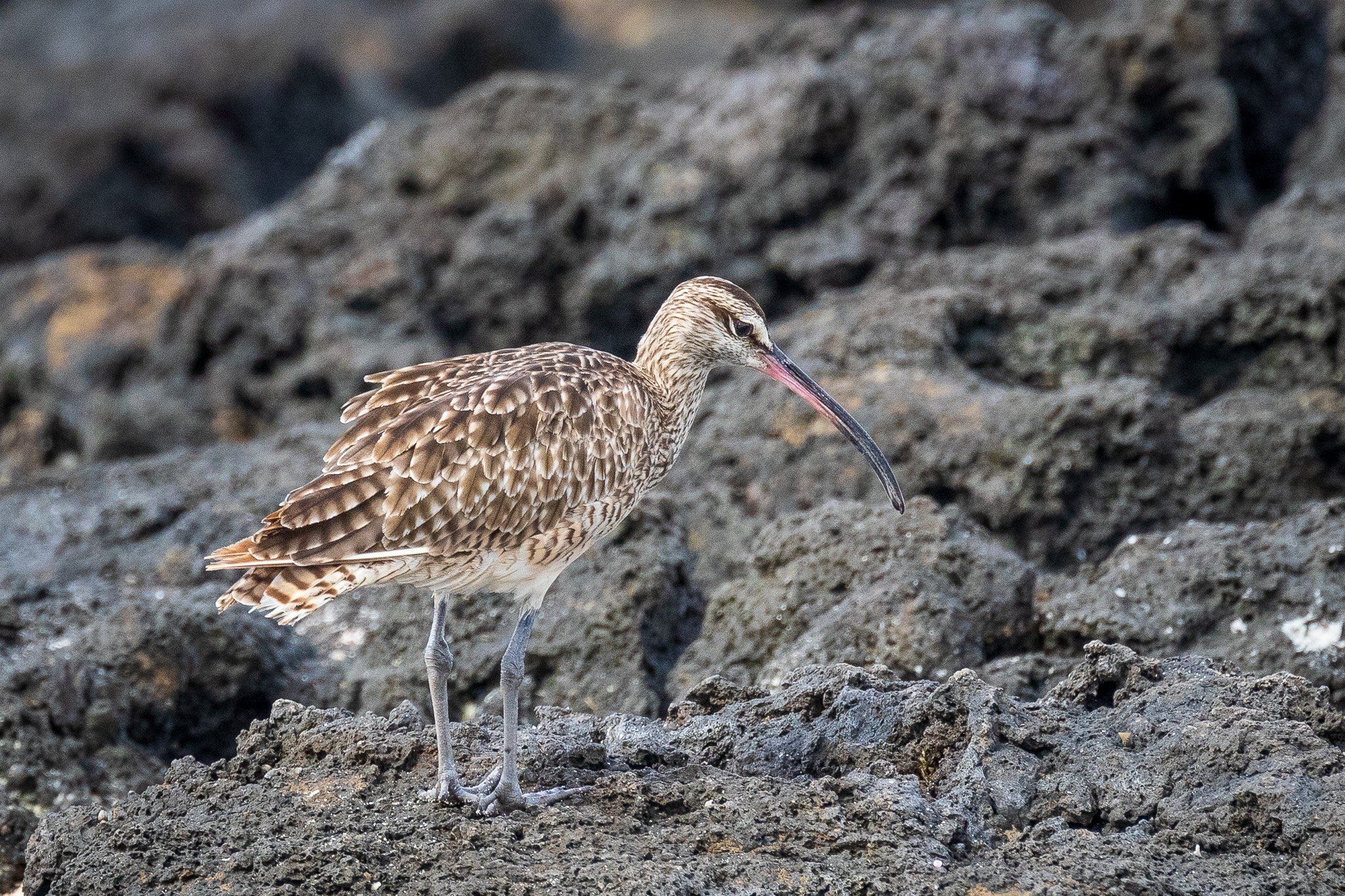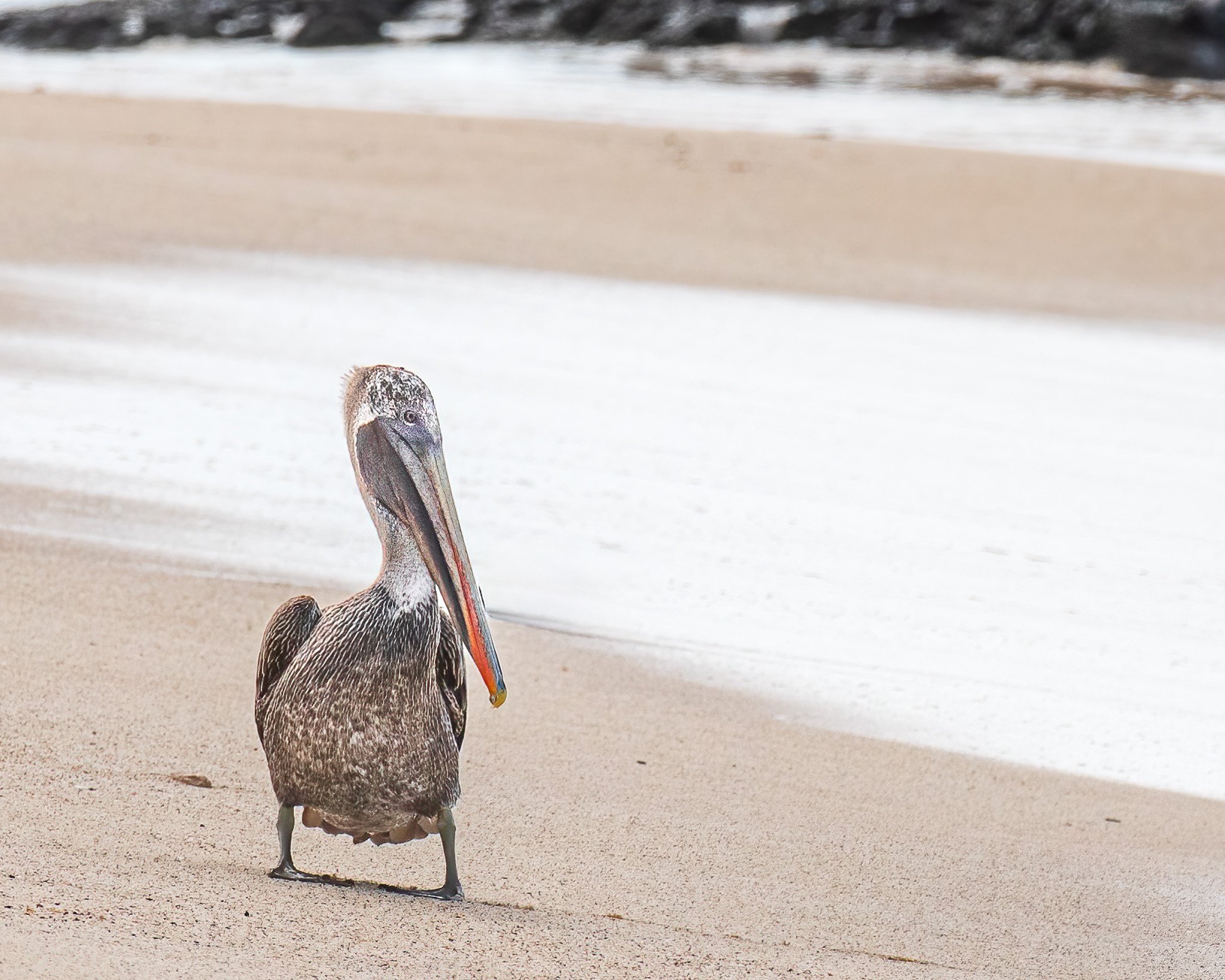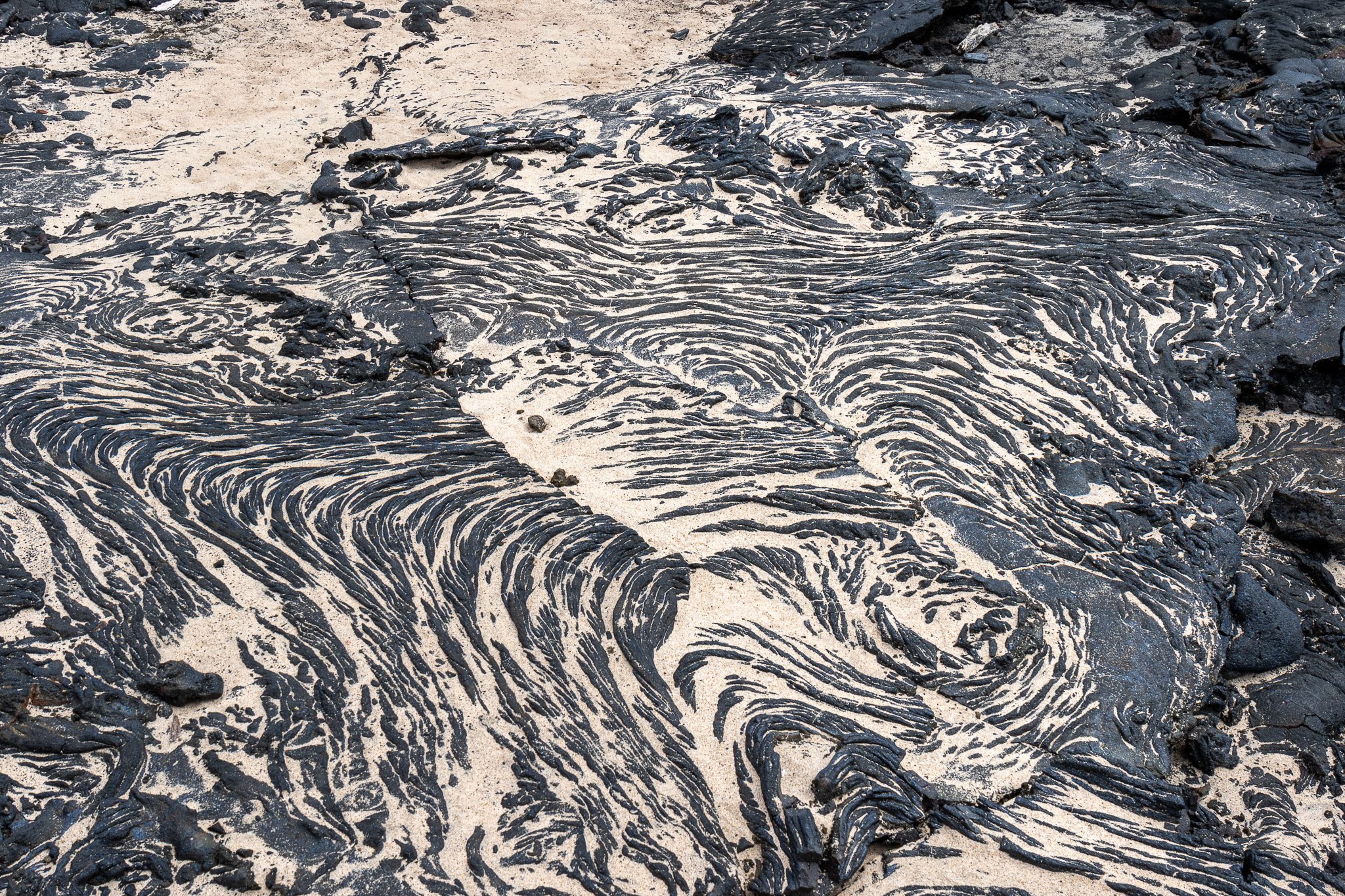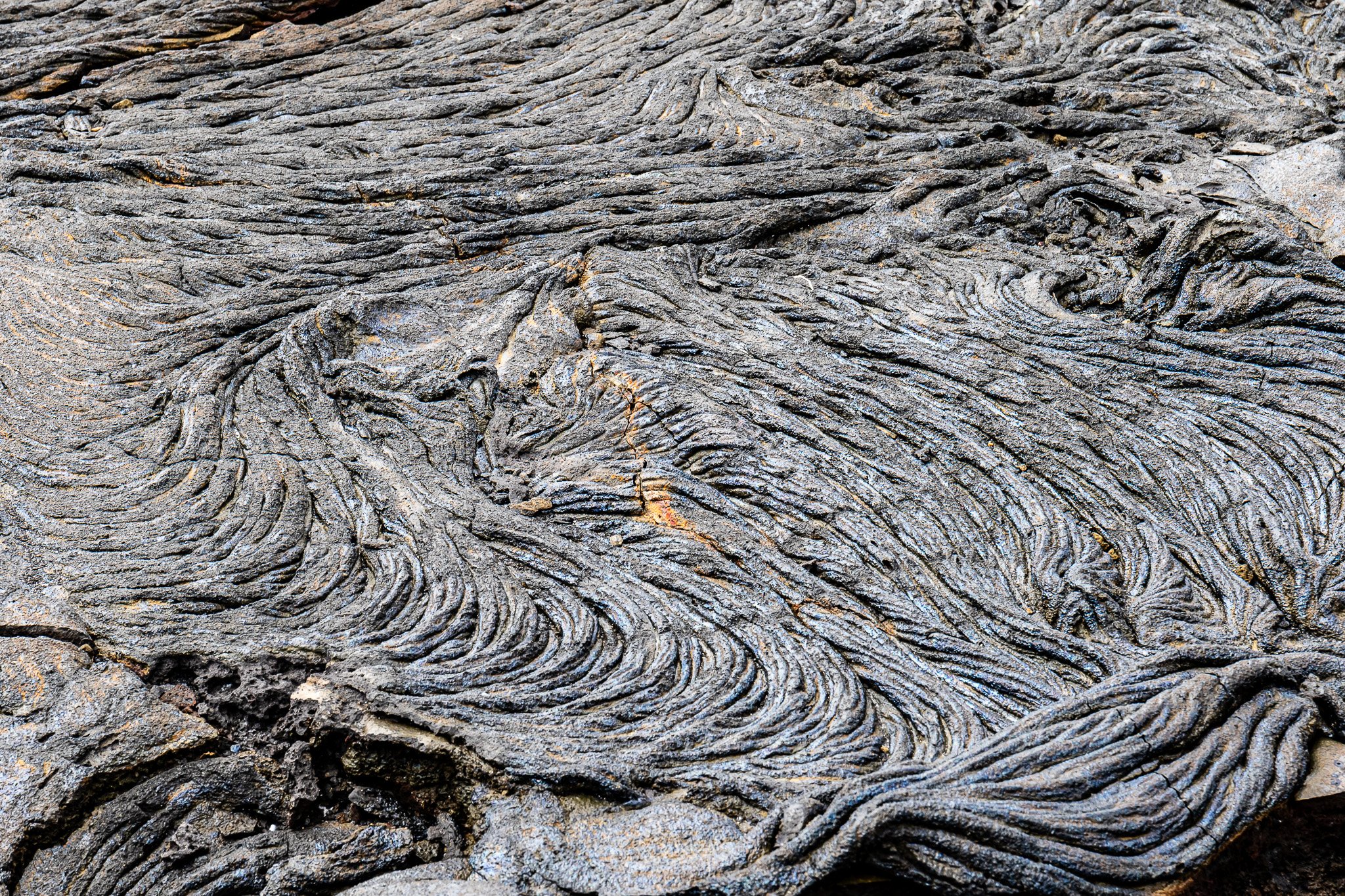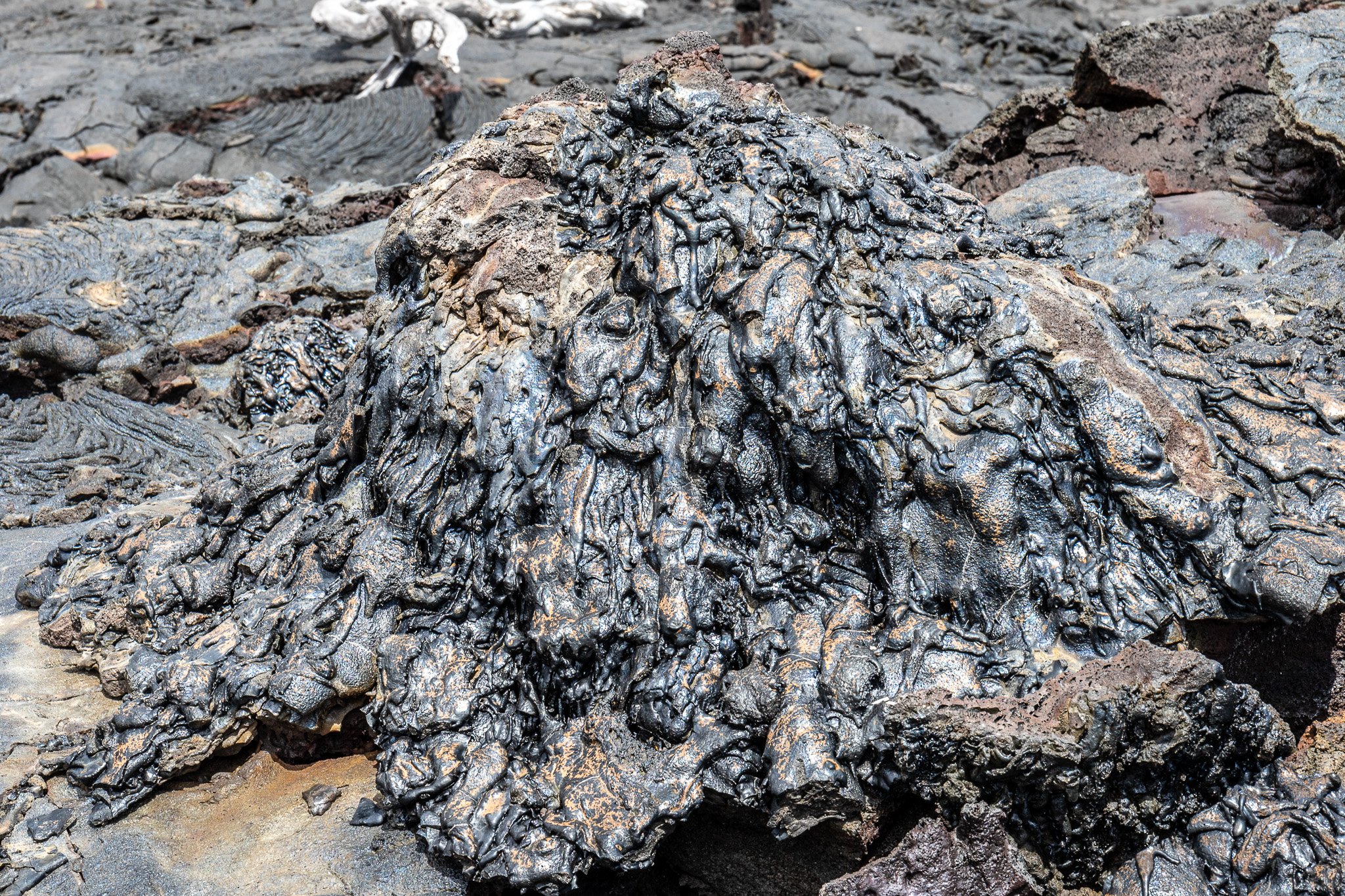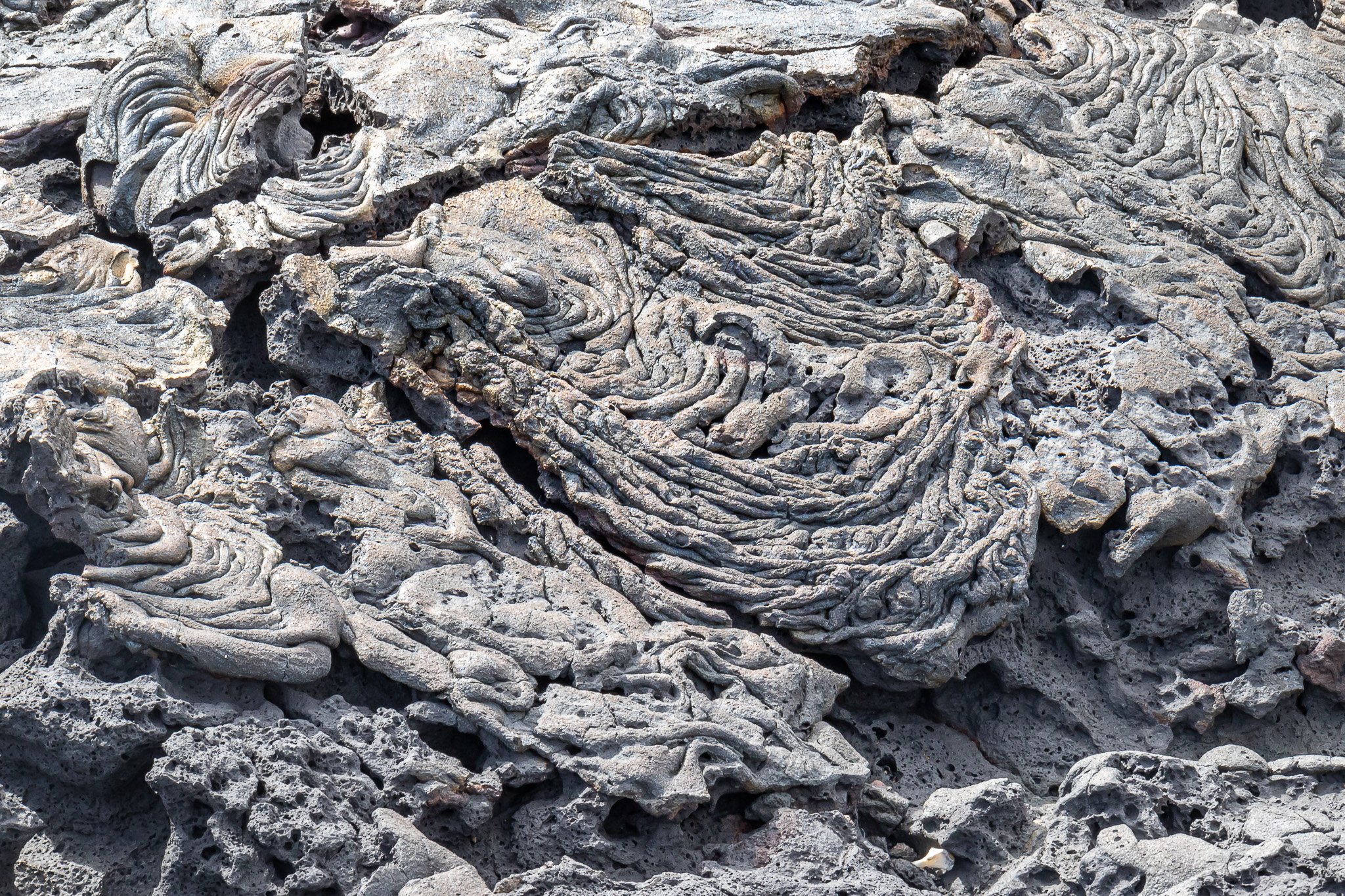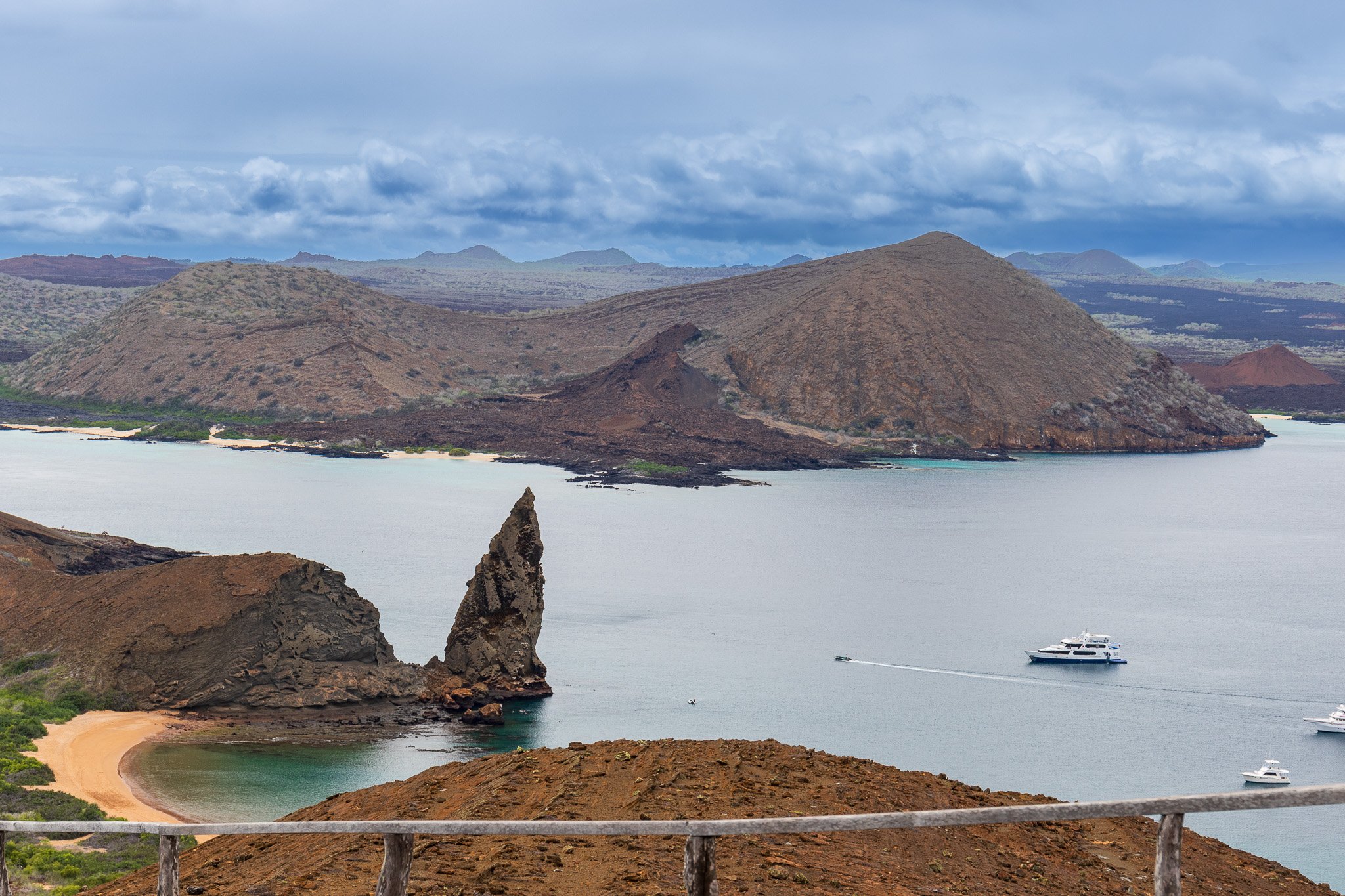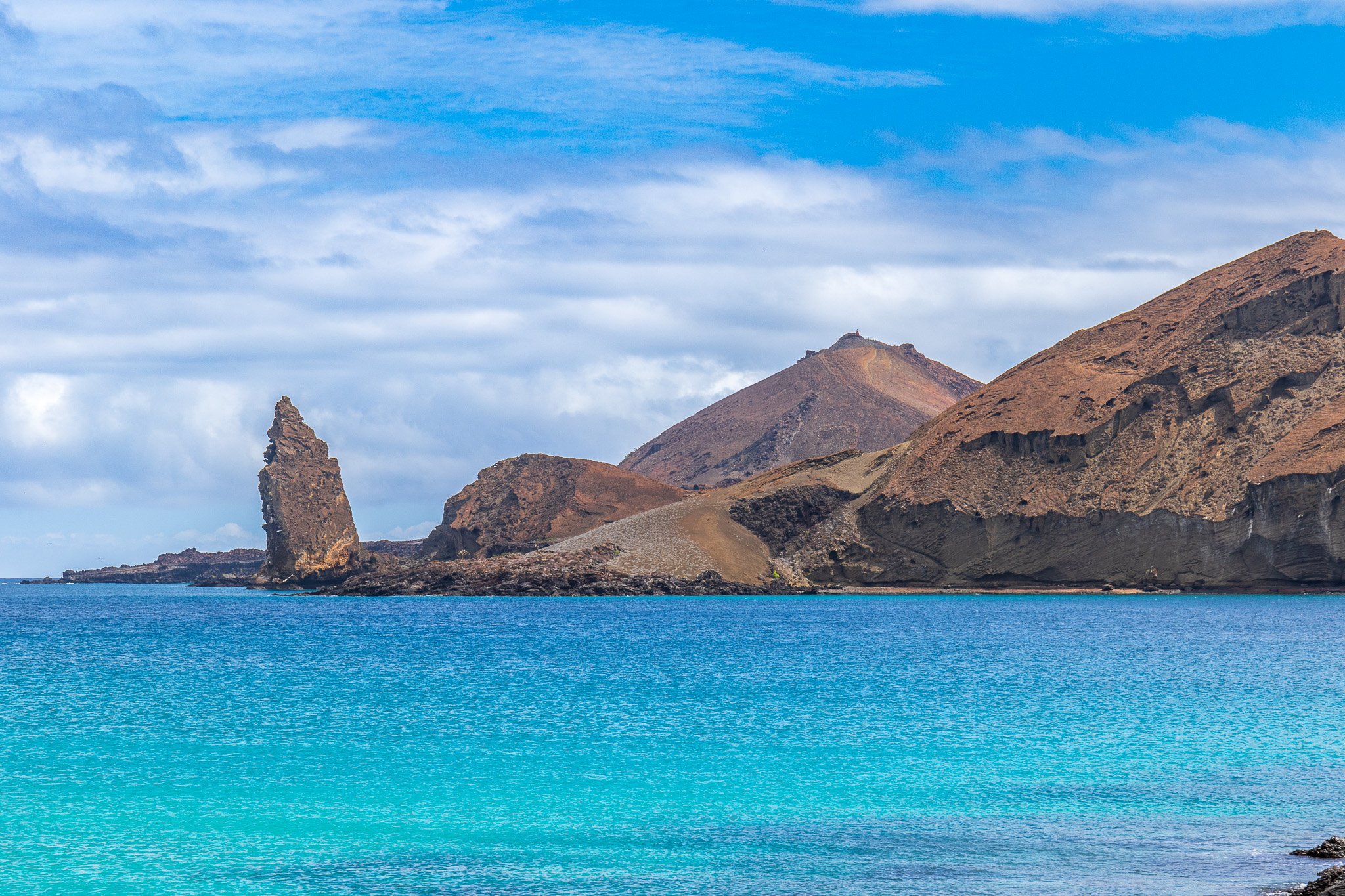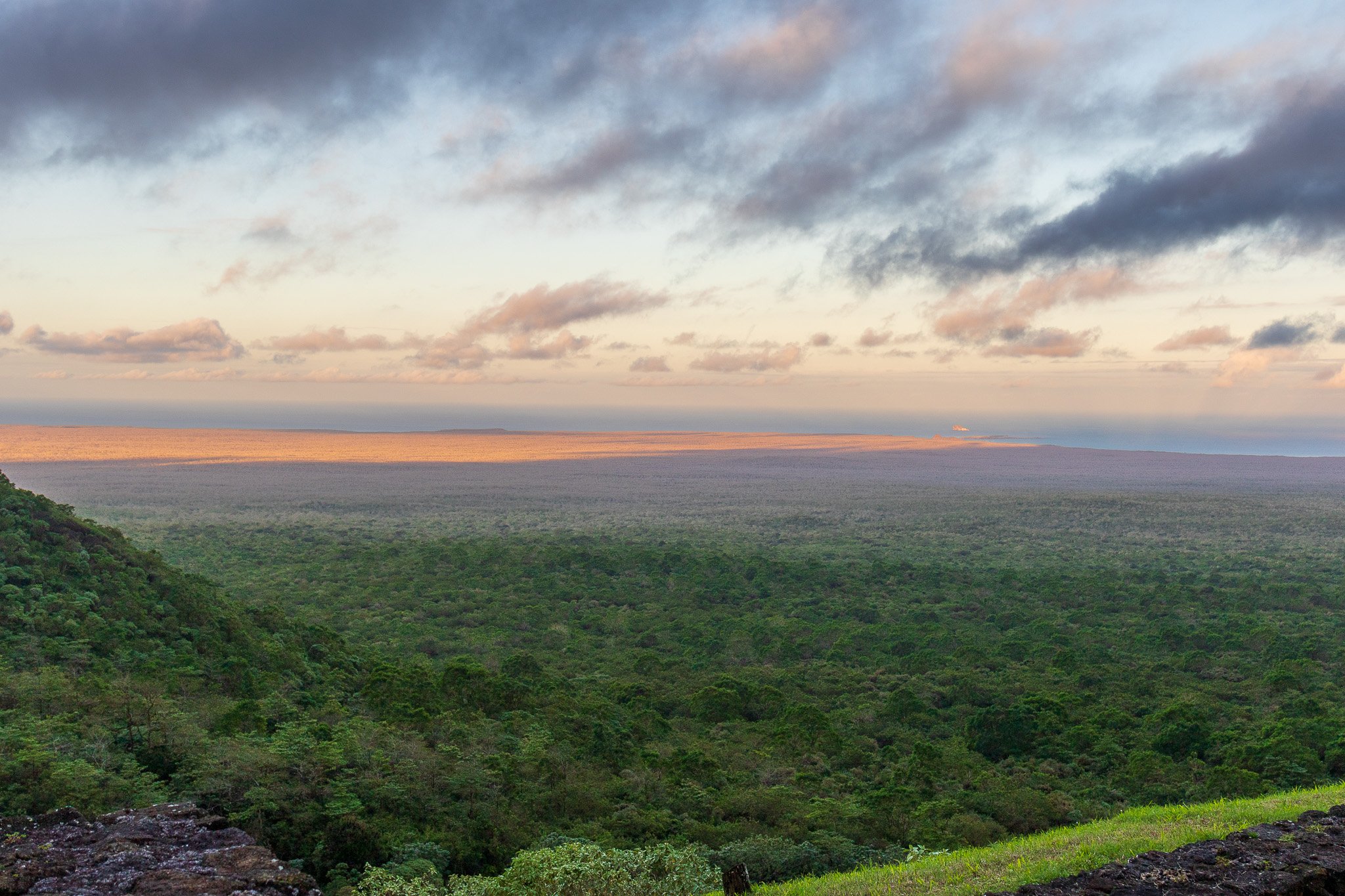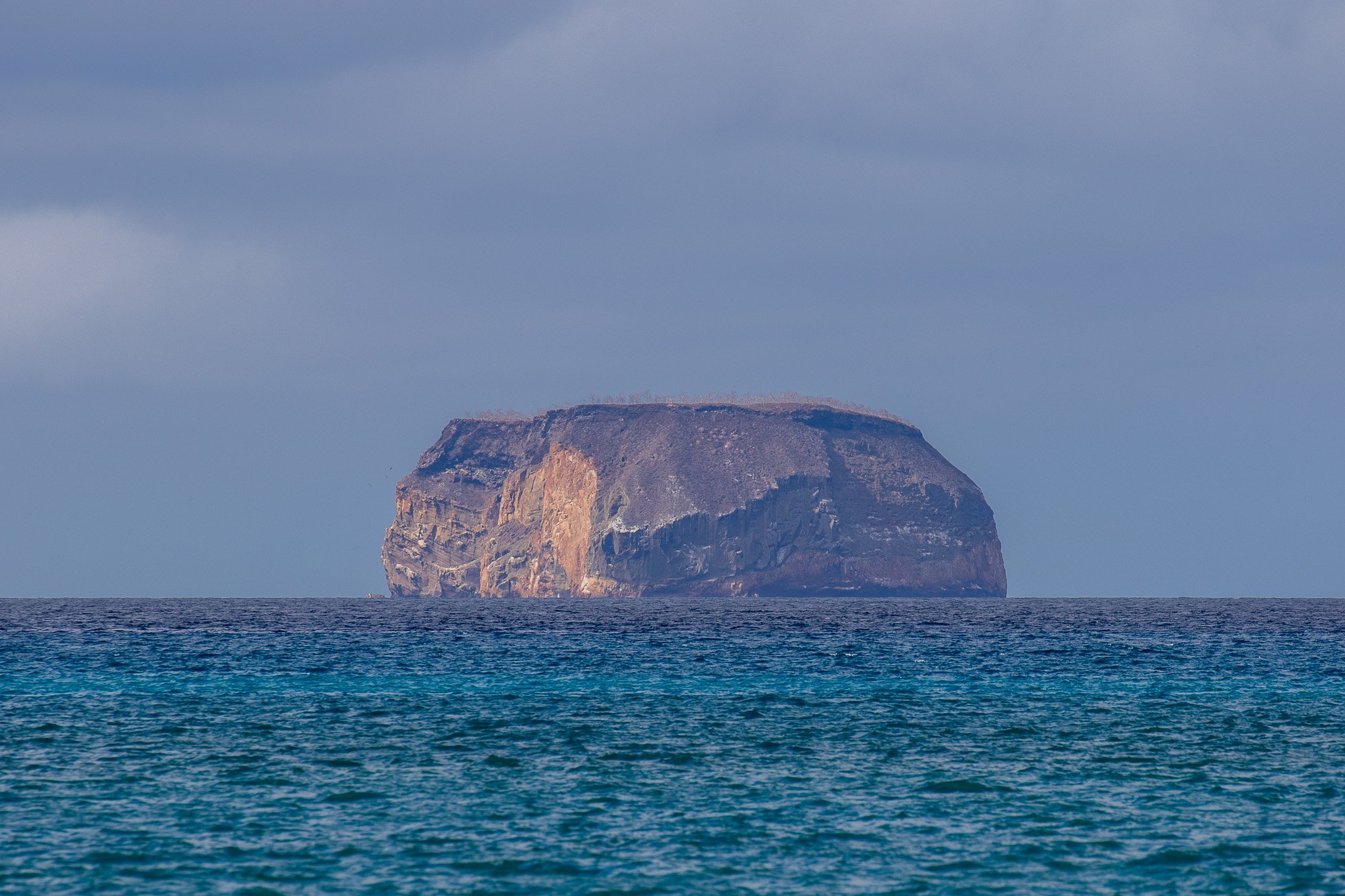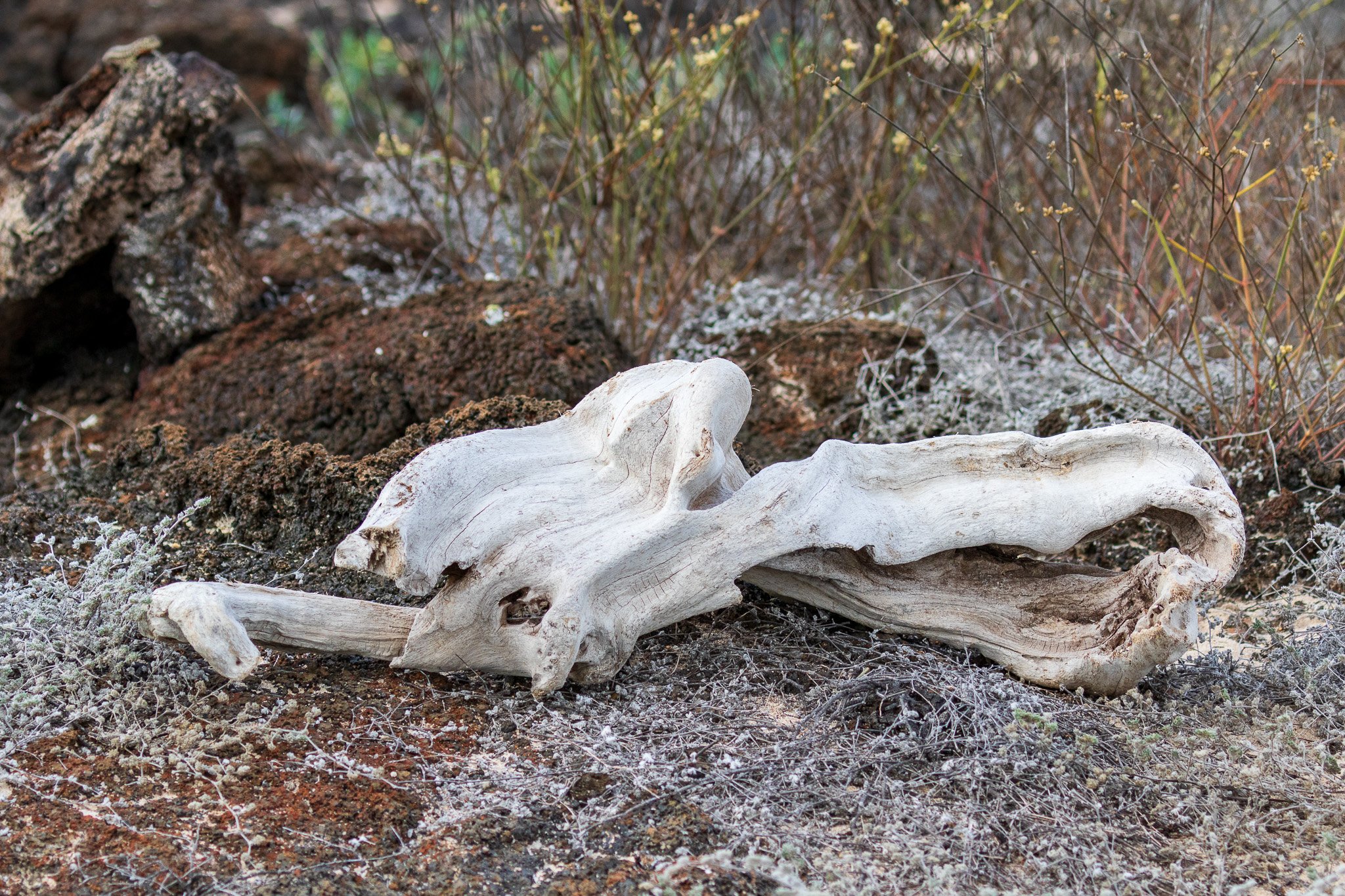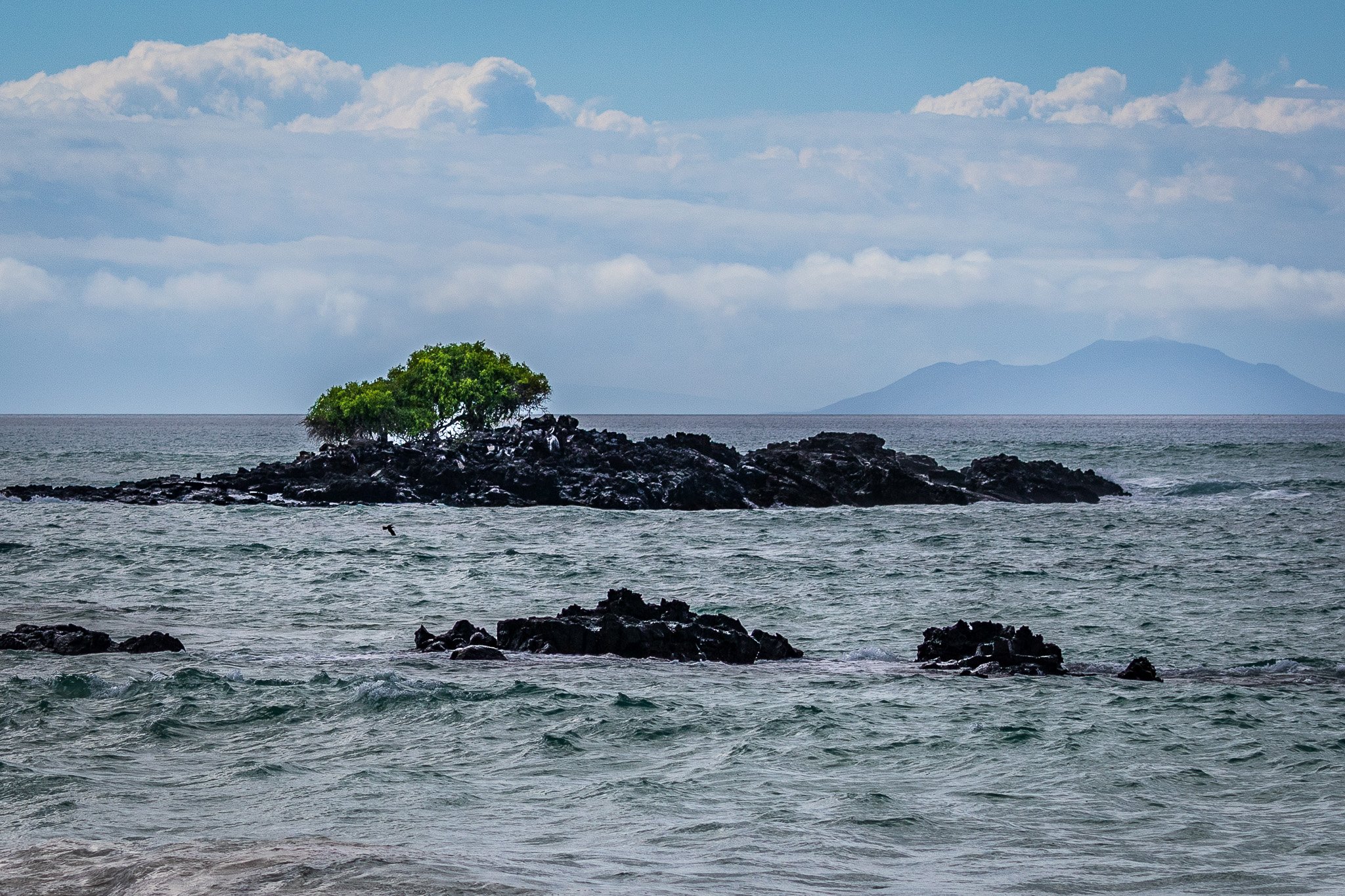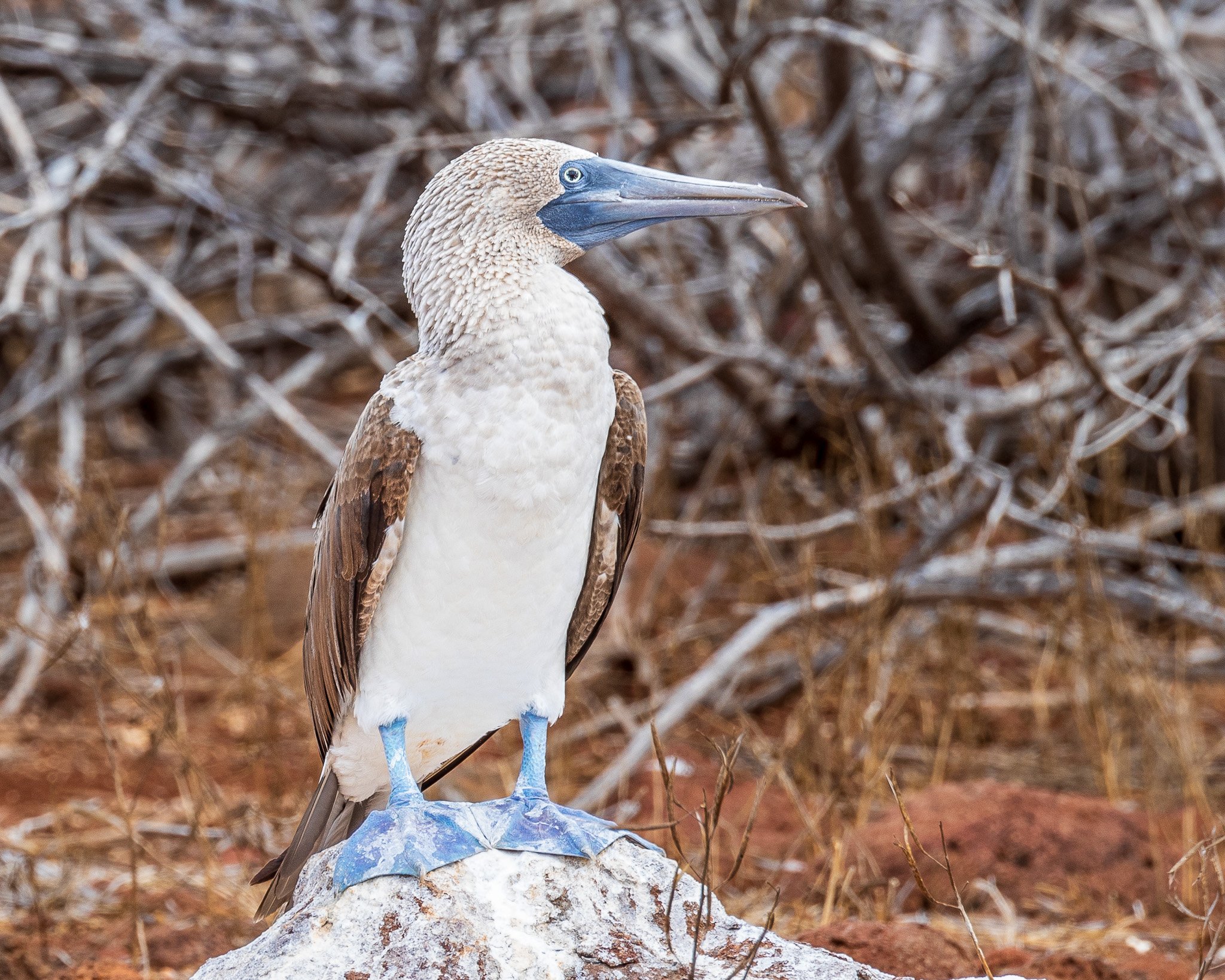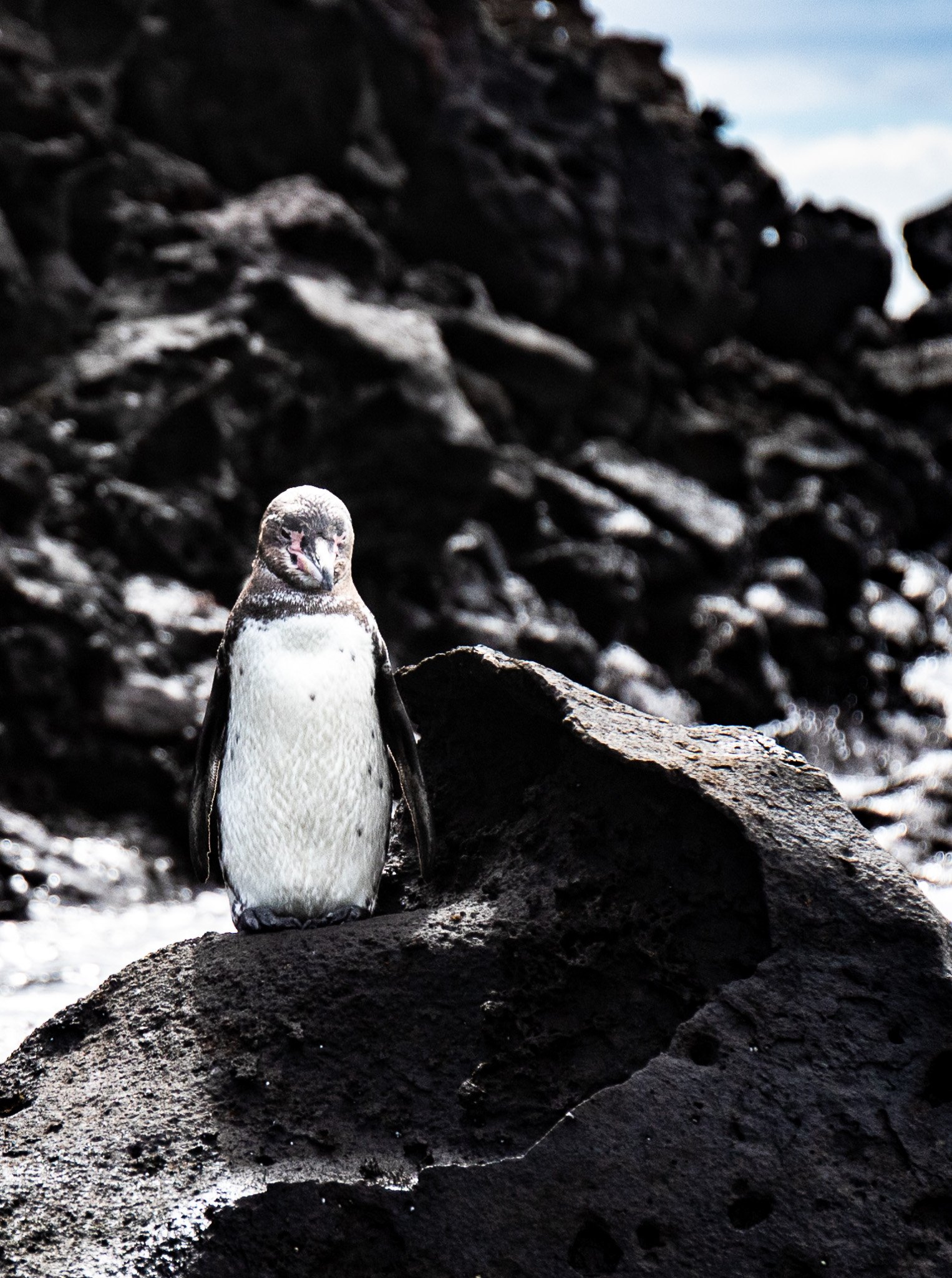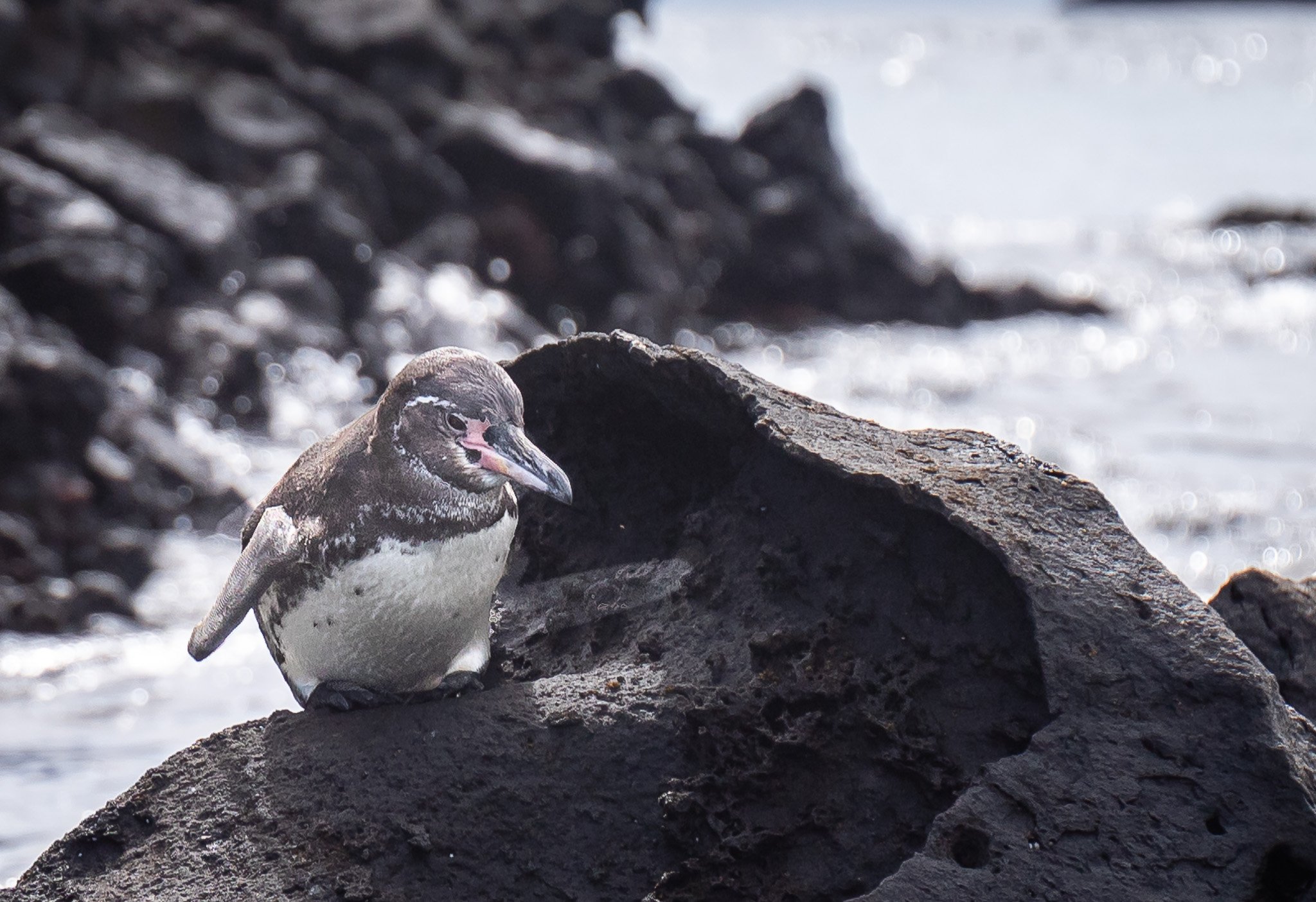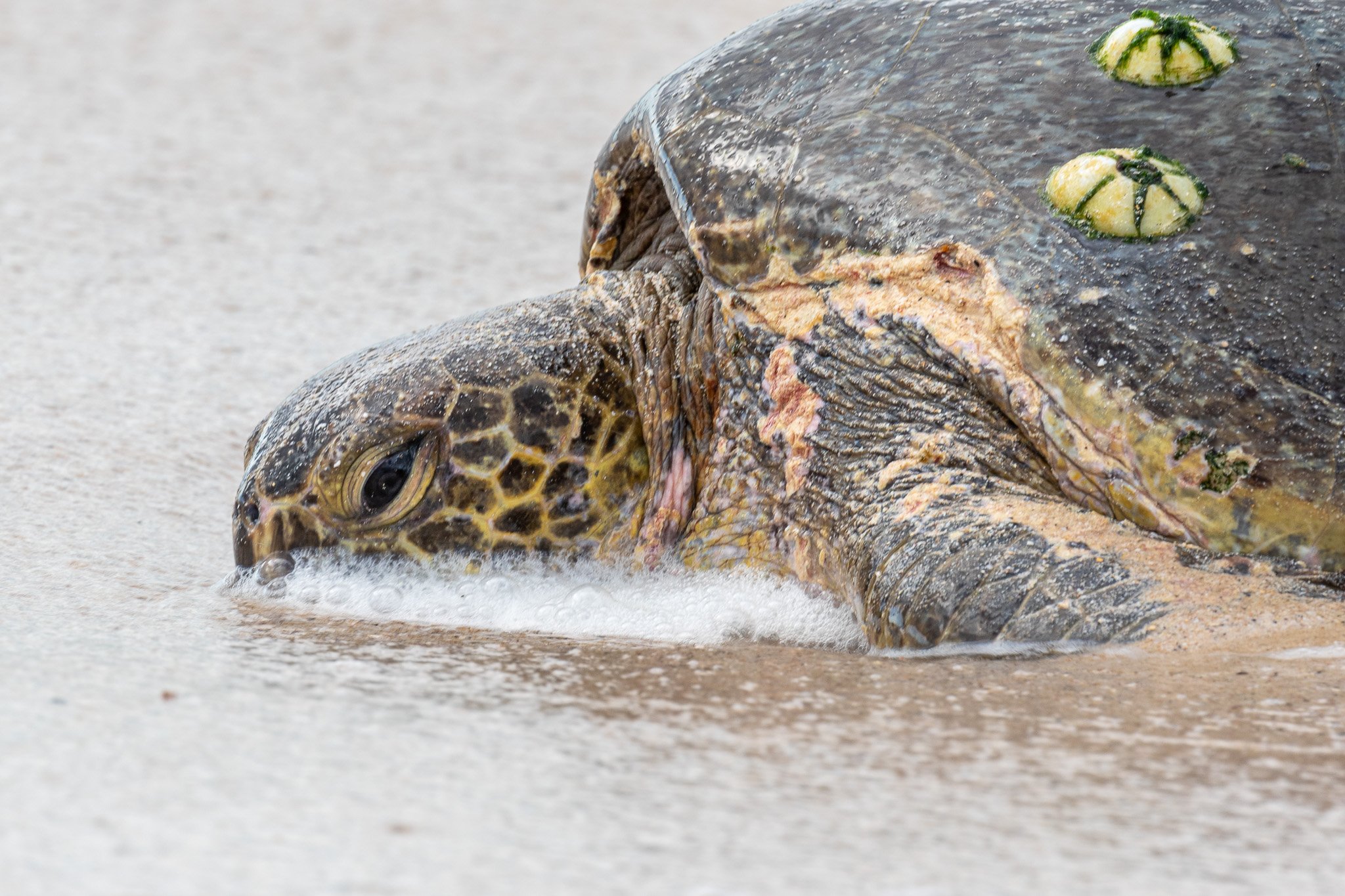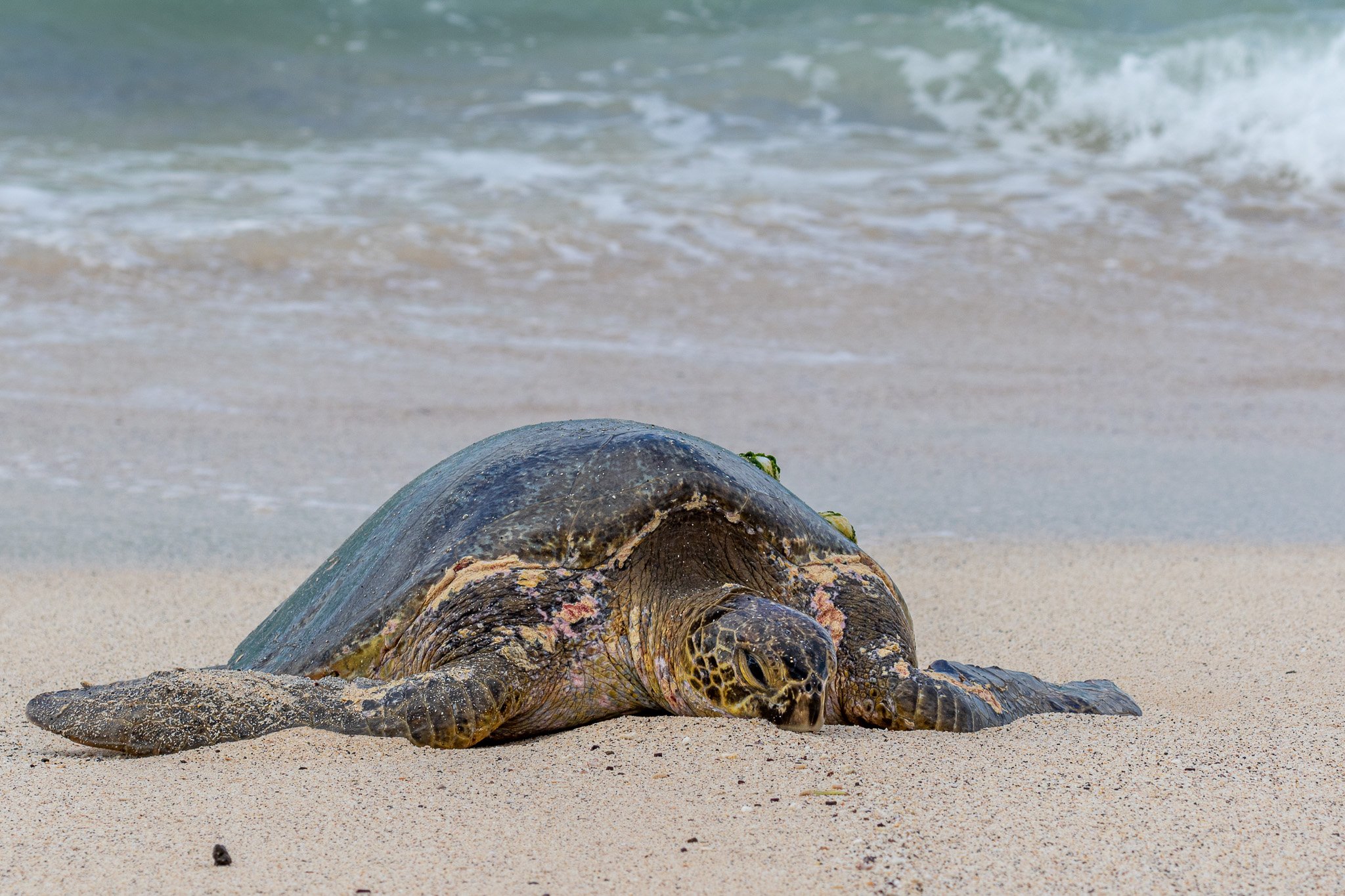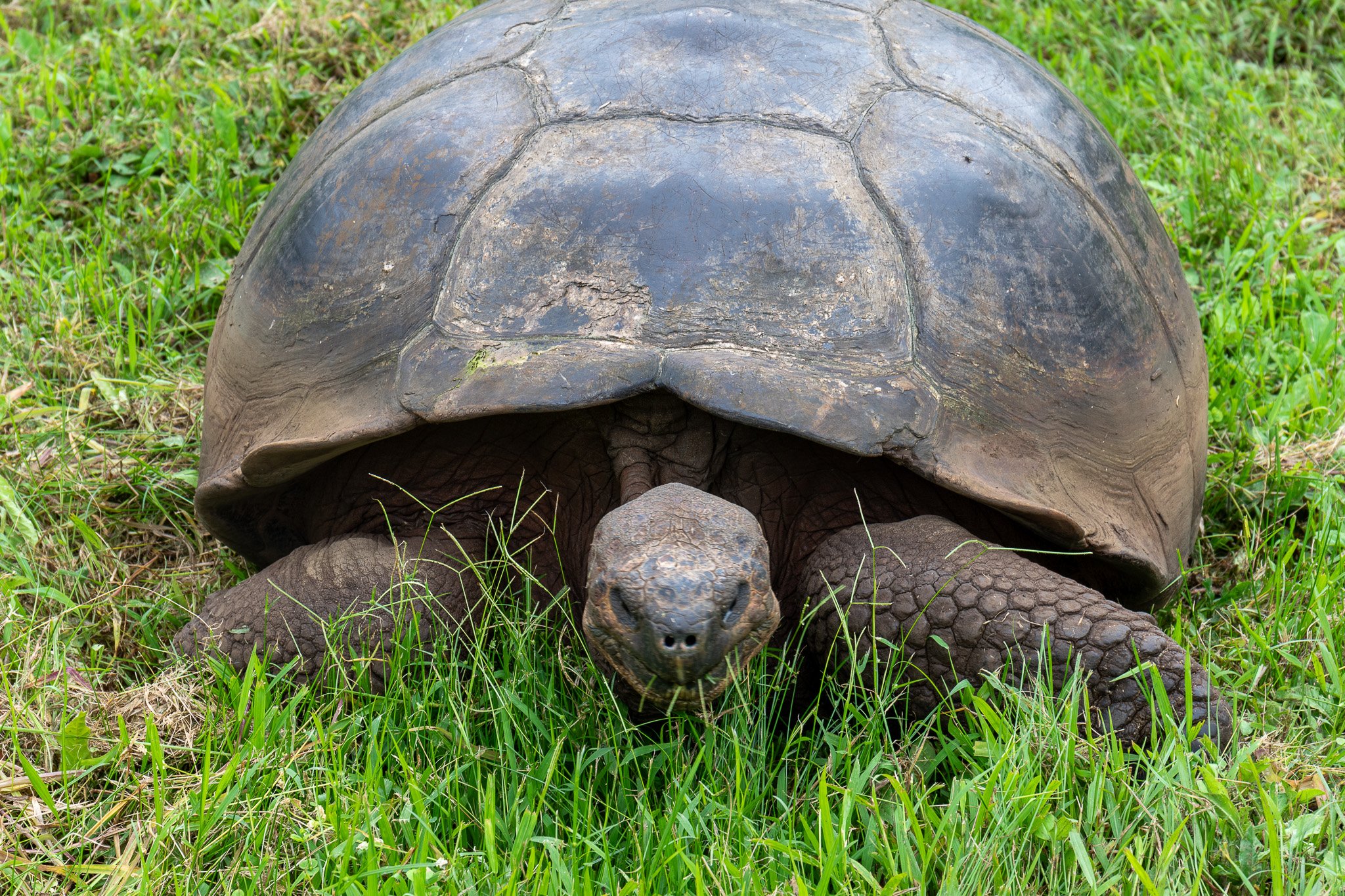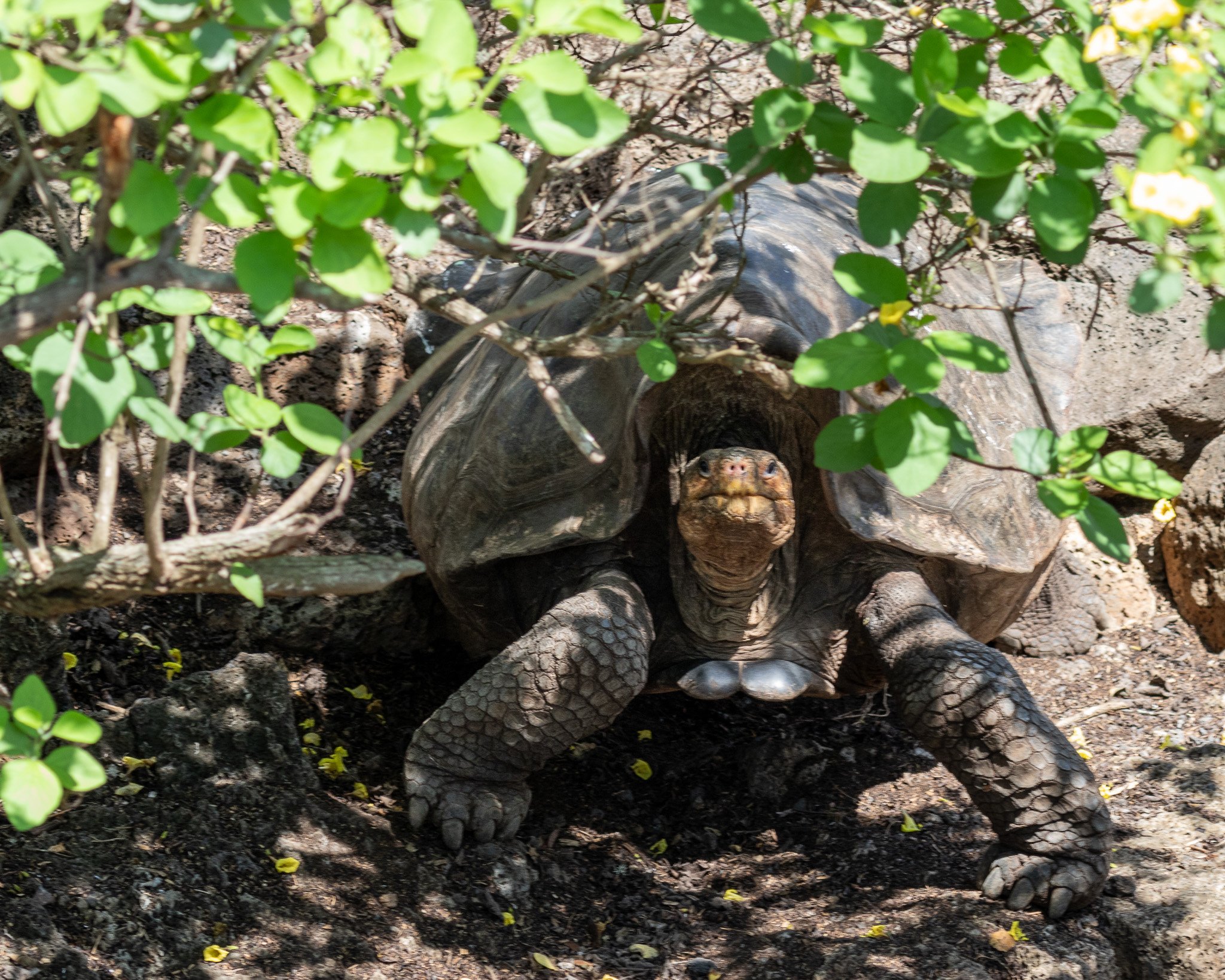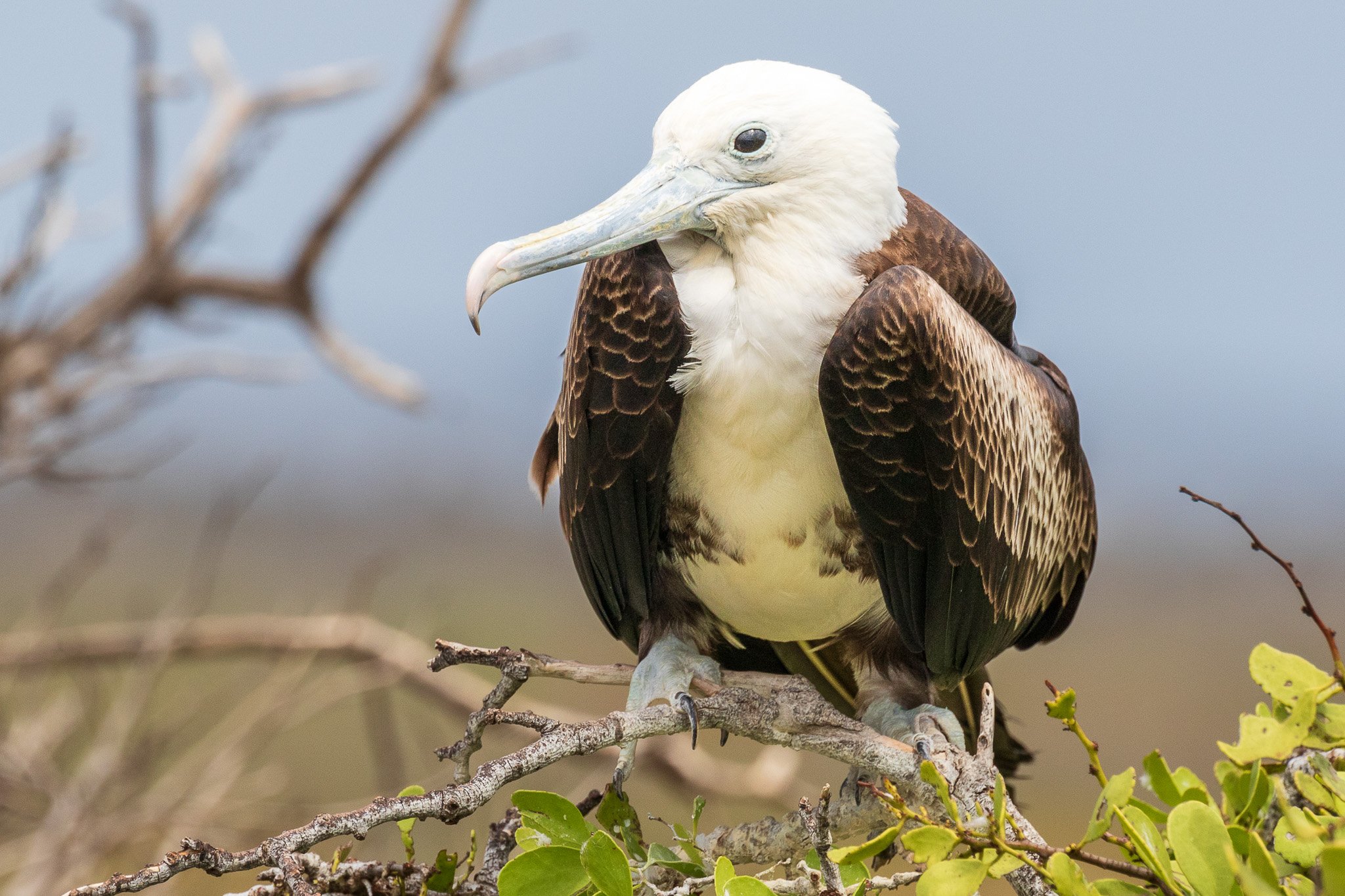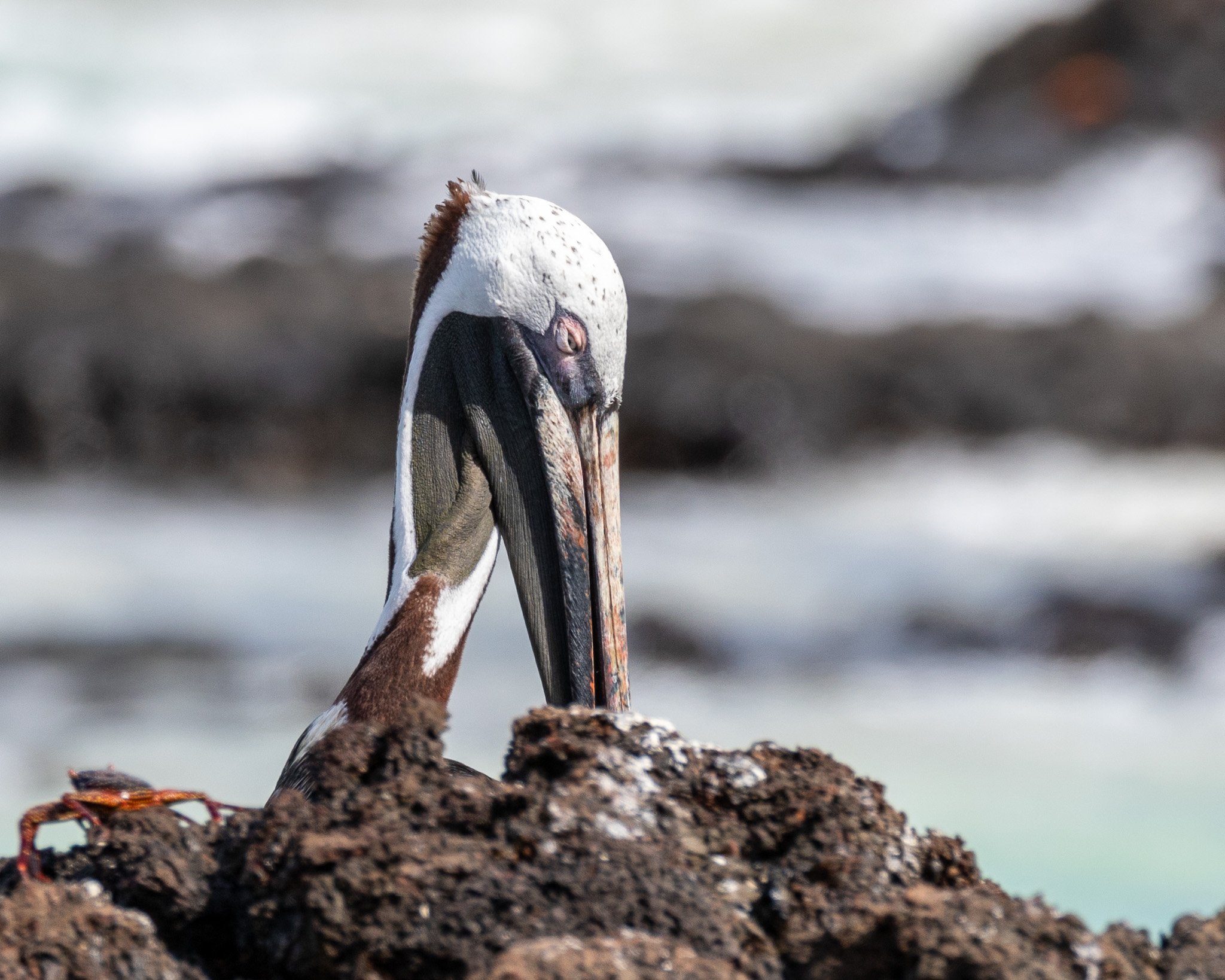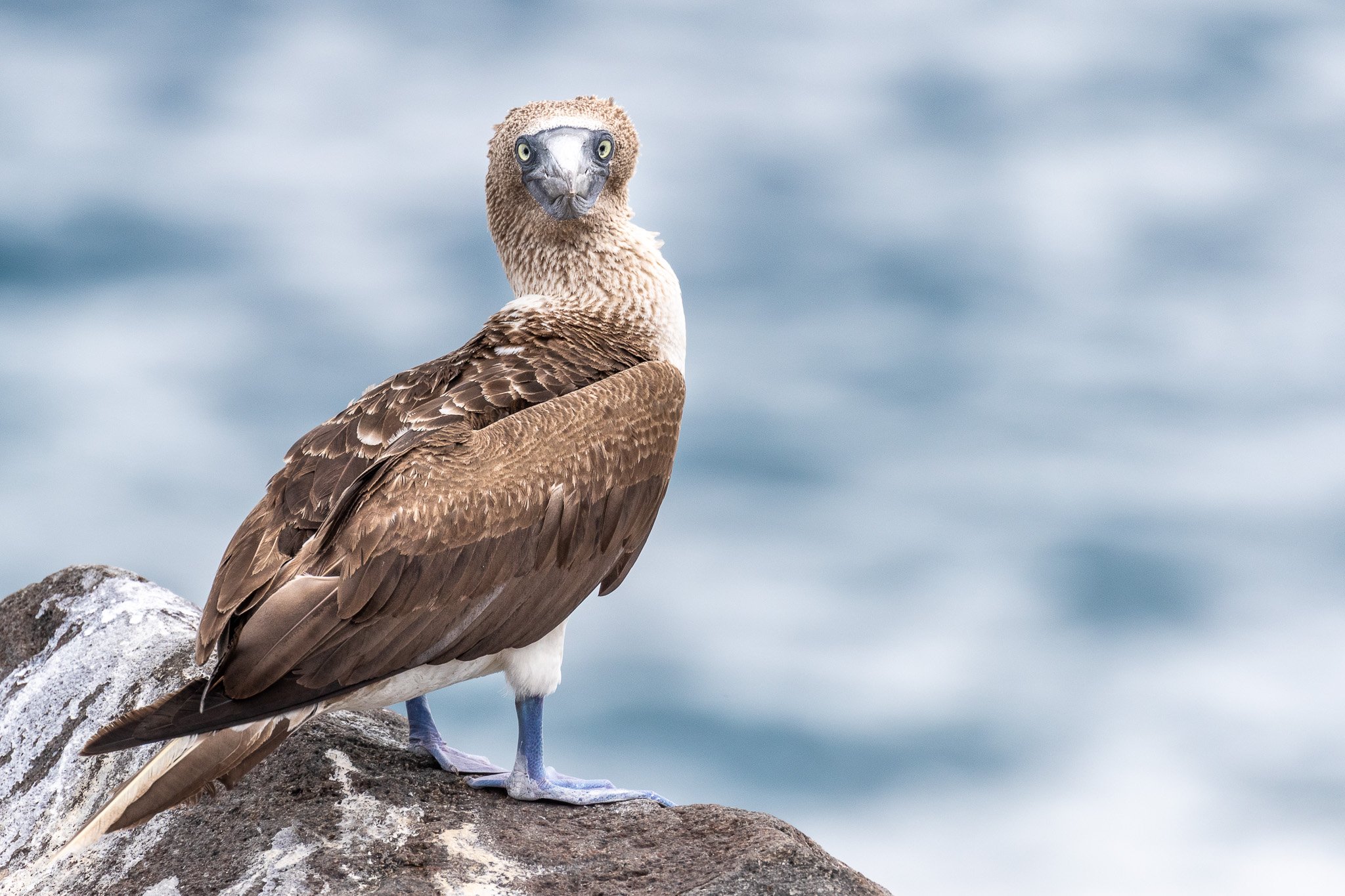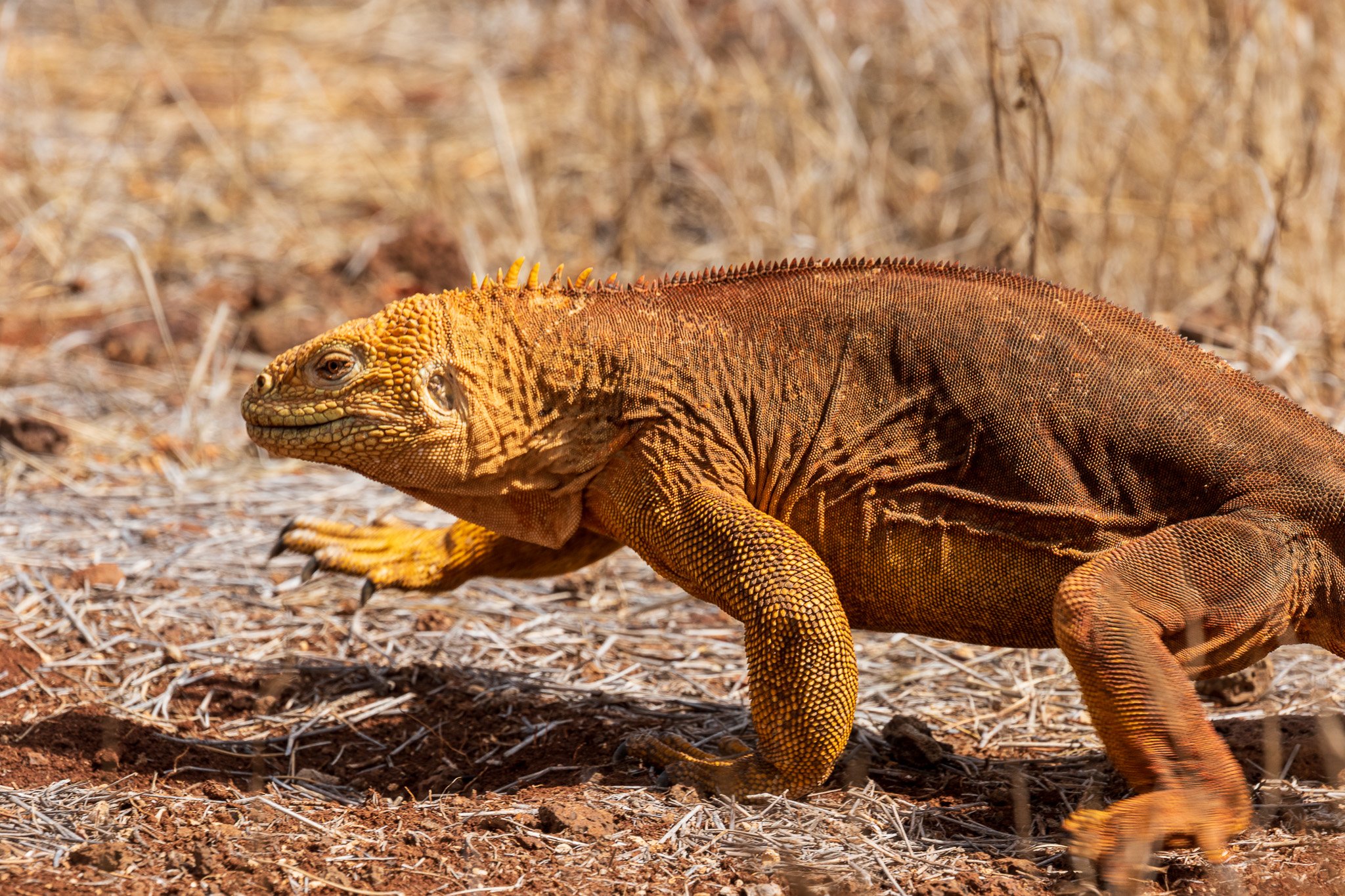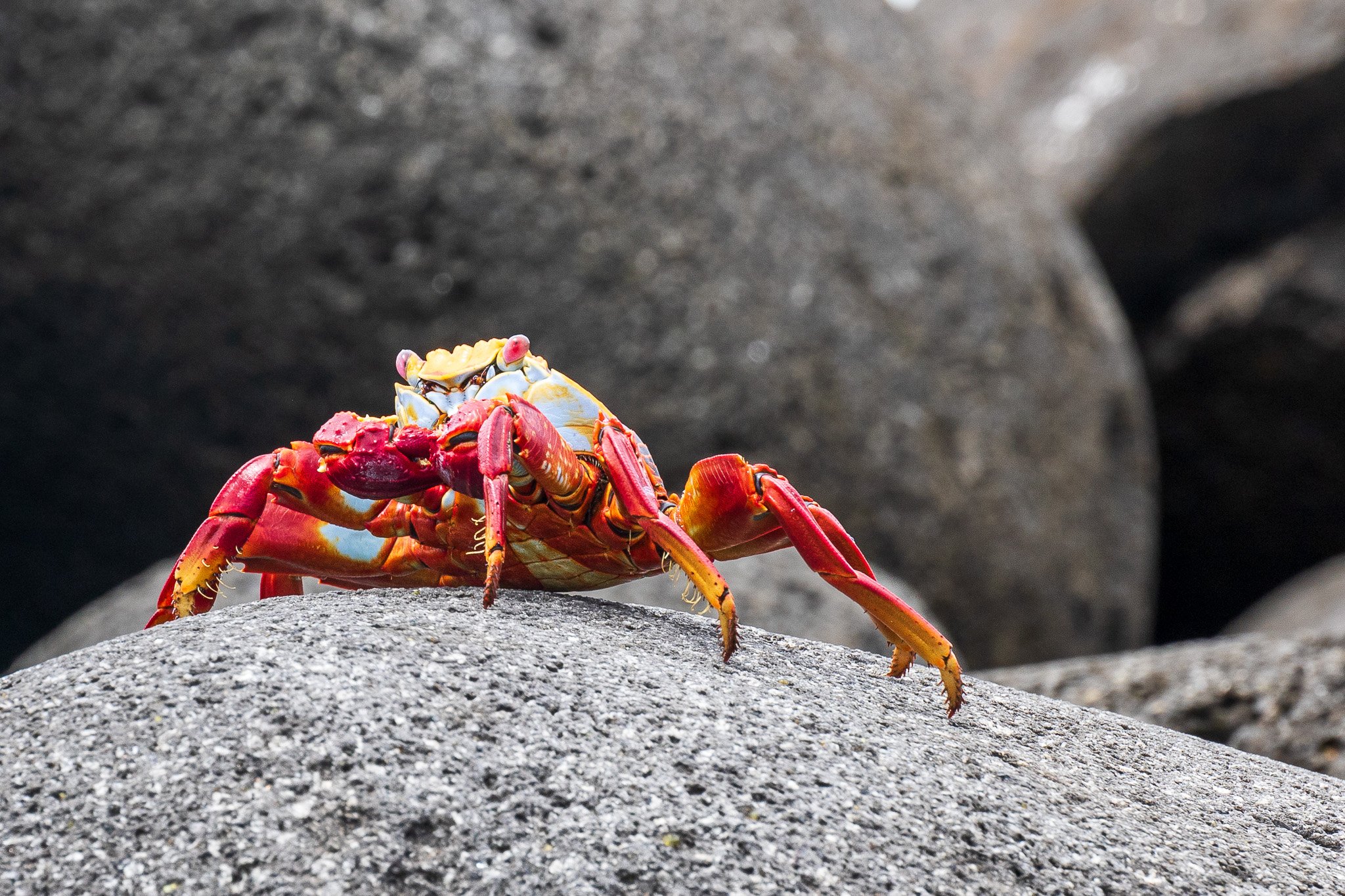My Photography & Travel Guide to the Galapagos Islands, Ecuador
Updated in April 2024
The Galapagos Islands are a bucket-list travel destination for most photographers and travelers. We were lucky enough to visit in December 2015 and will return in December 2024.
Over the past few years, my wife and I have traveled extensively to more than 70 countries. On these trips, I would take the occasional iPhone photo, but I never really had much interest in photography. That all changed on the trip to the Galapagos. My passion for photography began in the Galapagos and it literally changed my life.
The Galapagos Islands are located approximately 1,000 km (600 mi) west of Ecuador and are made up of 13 major islands. Many of the plant and animal species on the Galapagos are not found anywhere else on earth, including 80% of the land birds, 97% of the reptiles and land mammals, and more than 30% of the plants are endemic.
If you love nature and wildlife, you have probably watched numerous nature series narrated by Sir David Attenborough. Our hotel would play one episode of the David Attenborough Galapagos series each evening, which was fantastic.
This is also where Charles Darwin was inspired to write his famous book On The Origin of Species. He became fascinated by finches that seemed related to ones found on the mainland of South America but also had many physical variations (i.e., variations in size and shapes of beaks) unique to islands that are just a few miles apart.
Over time, Darwin began to wonder if species from South America had reached the Galapagos and then changed as they adapted to new environments. This idea—that species could change over time—eventually led to Darwin’s theory of evolution by natural selection.
The Galapagos Islands are a dream location for Photographers and Nature Lovers. You will see a huge variety of wildlife (including Giant Galapagos Tortoises, Bobbies, Penguins, Waved Albatrosses, frigate birds, etc), fauna, and geology. The wildlife has had very little human contact, so they are not scared of humans, allowing you to get surprisingly close to it.
If you have a chance to visit the Galapagos, do not miss it. No location has impacted me more over the years. I always dream of going back and cannot wait to be there in December 2024.
When to Go?
There is no “wrong” time to visit the Galapagos: different times of the year have different things to see and do. The birds, tortoises, and marine life are always there, waiting for you to take their photos.
Its geographical location, right on the equator, makes the temperature variation minimum throughout the year.
While each month has its own rewards, I think that the best time to visit the Galapagos Islands is from December to May. Why? These months coincide with the warm season, and ocean conditions are clear, warm, and excellent for snorkeling and diving. Plus the seas are much calmer.
Getting There
There are no direct international flights to the Galapagos. Ecuador's international airports of Guayaquil and Quito have regular daily direct flights from New York and Miami with Latam or American, or from Atlanta with Delta.
We flew into Baltra Airport since our hotel, the Pikaia Lodge, is closer to that airport. On arrival at Baltra airport, a US$100 national park tax has to be paid in cash. The best part is when they stamp your passport with the Galapagos Stamp :)
Where to Stay?
My recommendation is to stay at the Pikaia Lodge on Santa Cruz Island, which is located in the center of the Galapagos archipelago. I realize that most people will probably stay on a Ship which is fantastic as well. Since I am prone to seasickness, I preferred staying on Santa Cruz Island.
The Road to the Hotel
This is one of those special hotels you will remember for years and years. We arrived in the Galapagos from Quito---and were immediately brought to the VIP lounge in the airport while our passports were sorted. Our guide, Champi, who was beyond INCREDIBLE, met us at the airport and took us to the hotel.
Hotel Views
The rooms are very large, beautiful, extremely well-designed and elegant. The Lodge is small - only 14 rooms, so you get very individualized service. From the moment we arrived, the entire staff was extremely warm and helpful.
Our Room
Perched on top of two extinct volcanic craters, Pikaia Lodge offers one of the most spectacular viewpoints of the Galapagos.
Views from Our Room
The tours are hotel-arranged on their private Yacht and on land are so well organized. Each day, you are driven down to a dock with your naturalist and hop on a Zodiac boat that brings you to their private Yacht. We did a 4-day plan and were on the water for 2 of the 4 days - seeing 2 islands per day, hiking, snorkeling, and just having a truly incredible trip. Their yacht was extremely luxurious and had plenty of room for guests, including private cabins.
The Private Yacht
The day on land was great as we saw the giant tortoises at the Charles Darwin Center and various birds that inhabit the different islands.
Our guide, Champi, is one of those exceptional people that you will remember for a lifetime. His knowledge of plants, animals, and geology is unsurpassed.
What About Sea Sickness?
Bartolome Island with Pointy Rock
If you are prone to motion sickness, don’t let this stop you from a trip of a lifetime. A good friend of mine, who loves to take cruises, has talked with many doctors onboard our cruise ships about sea sickness. He has recommended and we have taken many times without getting sick is (Bonine) Meclizine. It is basically a non-drowsy version of the antihistamine (Dramamine). It last 24hrs.
The other thing you can take is ginger We like GIN GINS which are sold on Amazon. They are a chewable candy that is good for nausea and motion sickness.
Of course, you should always consult your doctor before taking any medication even over the counter products
Clothing?
I am attaching my Galapagos/Amazon Packing List which is very comprehensive with links. Do not forget sunscreen and a hat. The sun can be very strong at the equator. Also, I would bring a closed-toe water shoe for walking around the Islands.
View from Hotel
What Kinds of Wildlife Will You See (HOPEFULLY)?
You will see so much wildlife, including endemic land birds, seabirds, and shorebirds, such as the tropical Galapagos Penguin, Galapagos Flamingo, Flightless Cormorant, Waved Albatross, Galapagos Petrel, Lava Gull, Swallow-tailed Gull, Blue-footed, Red-footed, and Nazca Boobies, Magnificent, and Great Frigatebirds, many Darwin’s finches and mockingbirds, multiple heron species, Galapagos Hawks, Galapagos Doves, Galapagos Flycatchers, Galapagos Rails, Galapagos Martins, few species of owl, and more.
I made a small list of the types of wildlife you might see in the Galapagos below.
Birds:
Galapagos Penguin, Waved Albatross, petrels, Brown Pelican, Blue-footed Booby, Nazca Booby, Flightless Cormorant, frigatebirds, gulls, Great Blue Heron, egrets, herons, American Flamingo, Pied-billed Grebe, White-cheeked Pintail, American Oystercatcher, Black-necked Stilt, Black-bellied Plover, Ruddy Turnstone, Wandering Tattler, sandpipers, Sanderling, Whimbrel, Galapagos Hawk, Osprey, owls, Belted Kingfisher, mockingbirds, Vermillion Flycatcher, Galapagos Flycatcher, Yellow Warbler, Smooth-billed Ani, 8 of the 14 species of "Darwin's" finches.
Reptiles:
Galapagos Giant Tortoise, Marine Iguana, Land Iguana, Lava Lizard, Gecko, Yellow-bellied Sea Snake, Galapagos Land Snake
Mammals:
Galapagos Sea Lion, Galapagos Fur Seal, Killer Whale (Orca), Short-finned Pilot Whale, Finback Whale, Humpback Whale, Bryde's Whale, Bottlenose Dolphin, Striped Dolphin, Common Dolphin, Hoary Bat
Invertebrates:
Sally Lightfoot Crab, Painted Locus, Gulf Star
Underwater Wildlife:
Green Sea Turtle, Leatherback, Olive Ridley Sea Turtle, White-tipped Reef Shark, Scalloped Hammerhead, Galapagos Shark, Spotted Eagle Ray, Golden Ray, Stingray, Butterflyfish, King Angelfish, Yellow-tailed Surgeonfish, Parrotfish, Sergeant Major, coral
Photography Gear?
My recommendations on photography gear are listed below. After my first trip, I think bringing less gear than you might think is better.
Camera
If you have two cameras, I would bring them with you. This is the trip of a lifetime, and you want a backup camera. That being said, I would leave one camera on the ship and only walk around the island with one body. If something happens to the first camera, you will have the second body nearby.
I will bring my Canon R5 and R3. If you have a Canon R7, Nikon Z7, Z8, Z9 or Sonys, they are all fantastic. Bring a bunch of microfiber towels to wipe off your lens if it gets wet.
You can also use your iPhone to shoot short videos and landscape shots.
AN Underwater Camera
I would definitely bring a small underwater camera (i.e., GoPro 12). I think the GoPros are easy to use and take fantastic photos and videos. Photographing Sea Turtles, Seals and other fish is just incredible.
Lenses
If I were going to Africa on a Safari, I would bring my larger telephotos (RF 400 f2.8 or RF 600 f4) since I would be moving around in a Safari vehicle. But in the Galapagos, I believe that less is more. I would NOT bring a large lens like a 400 f2.8 or 600 f4. You will be walking around the island with a group of people that might not be photographers. So you want to be fast and mobile. Also, you are walking around the islands when there is good light.
Telephoto Zoom Lens
If you bring only one lens, bring something like a Canon RF 100-500, EF 100-400, or even a 70-200mm. The Nikon 180-600, or Sony 200-600 mm are fantastic. The Canon 24-240 mm or the RF 100-400 f5.8-f8 would also be great if you want to be even lighter.
Wide Angle LENS
You should take some landscape shots, so a 24-105mm lens would be an excellent choice for a second lens.
Extra Batteries
In the Galápagos, much of your time will be spent on remote islands and on boats. So, it can be difficult to charge your camera batteries frequently. This is why I strongly recommend bringing several backup batteries.
EXTRA SD CARDS
You are going to want to take a lot of pictures. There are so many different landscape and wildlife photography opportunities, and you won’t want to miss any of them. For this reason, you will want to have plenty of memory card space to store those images.
Camera Rain Sleeve
I strongly recommend bringing a rain sleeve for your camera. These sleeves protect your camera from rain and splashing water and will give you peace of mind when shooting in the elements. You can also use a shower cap in a pinch.
Do not BRING
A monopod/tripod
Filters
Flash
Drones are not allowed in the Galapagos
Photography
Galapagos was not only my first photography trip but also the place where my love of photography began. As we planned our travels, my wife told me, “You cannot go there with just an iPhone.” So, not knowing anything about photography, I began to read and watch YouTube videos, joined KelbyOne, watched a ton of classes, and tried to learn as much as I could.
I ended up purchasing a Canon 7DM2, which was probably too much camera for a beginner. I had an EF 24-70mm, and my mother-in-law generously bought me the 100-400 mm f4.5-5.6. When I look at my photos, I can see the mistakes I made, but I think they came out much better than I would have expected.
Here are my recommendations for what to shoot in the Galapagos Islands:
Landscapes
The landscapes in the Galapagos are very unique. Also, there are some incredible flowers, plants, and rock formations to photograph.
GET EYE LEVEL TO THE ANIMAL
You can get very close to the animals. So I would recommend trying to shoot at eye level since this makes the photo more intimate.
Seals
While some photographers actually lie on the ground to get at eye level that is not necessary. You can just squat down and take the photo straight on.
I was surprised by how close we could get to birds. I was probably 10-15 feet away from this juvenile blue-footed booby.
Tortoises and Penguins
You will see a lot of penguins and tortoises in the Galapagos. This was my first time seeing a Penguin in the wild.
Portraits and FILLING THE FRAME
Using a longer lens, you can isolate an animal, and blur the background. I loved the contrast of the sea with the Blue Footed Boobies.
I was able to get so close to Lizards
Loving the expression on this bird
An adorable baby Blue-Footed Booby. .
I could not believe how close I could get to the birds.
Gesture/Behavior
Photos of gesture/behavior can be fantastic. In the photo below, I caught 2 birds feeding each other.
Is the bird laughing at us?
Even the Iguanas let you get close…..
Playful seals looking at us
Macro
You can even take Macro photos of tiny animals like these colorful crabs.
Birds in Flight
Photographing Birds in Flight is very challenging. Unfortunately, the first time I visited the Galapagos in December 2015, I did not have the skills to take good photos of birds in flight. So I am looking forward to capturing better photos on our trip later this year.
The Galapagos Islands are just an incredible place to visit. If you have the opportunity to go, do not miss it!! It is one of those places that you will dream about years after visiting. And it is for this reason you want to take beautiful photos.
I hope you have enjoyed this Travel & Photography Guide to The Galapagos Islands. If you enjoyed this guide, I have more than 50 Photography & Travel Guides at this link.
